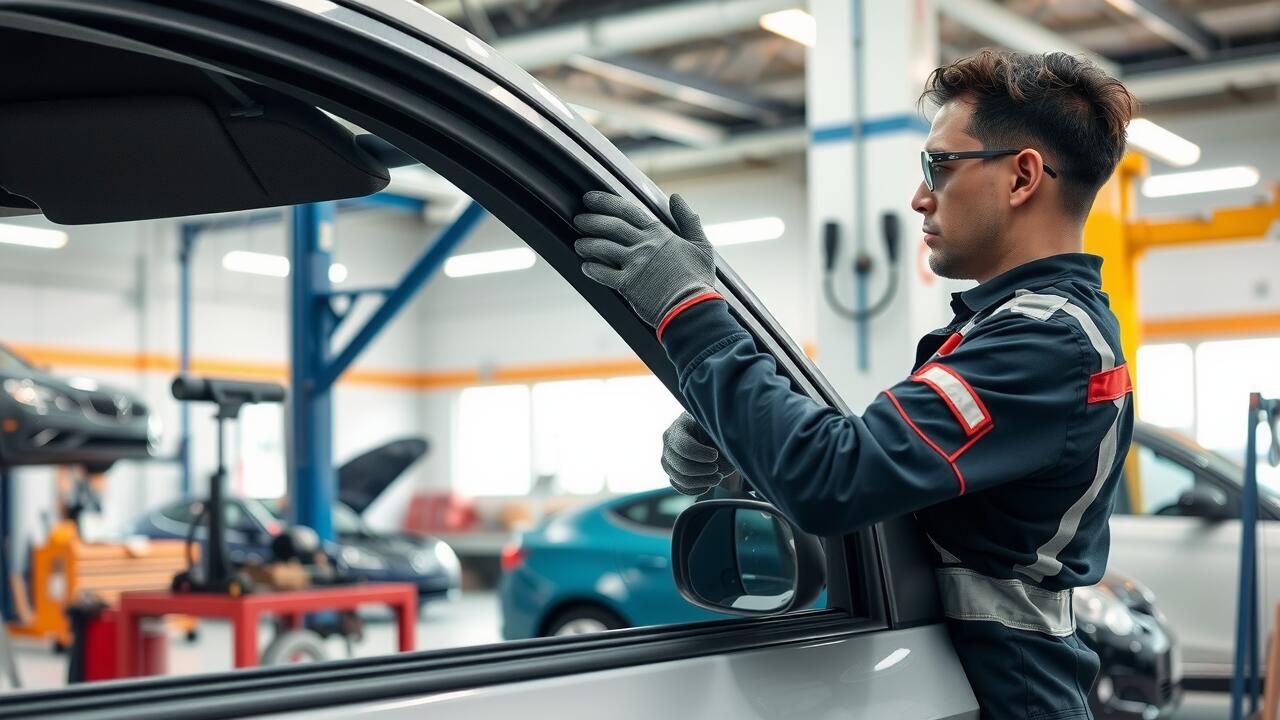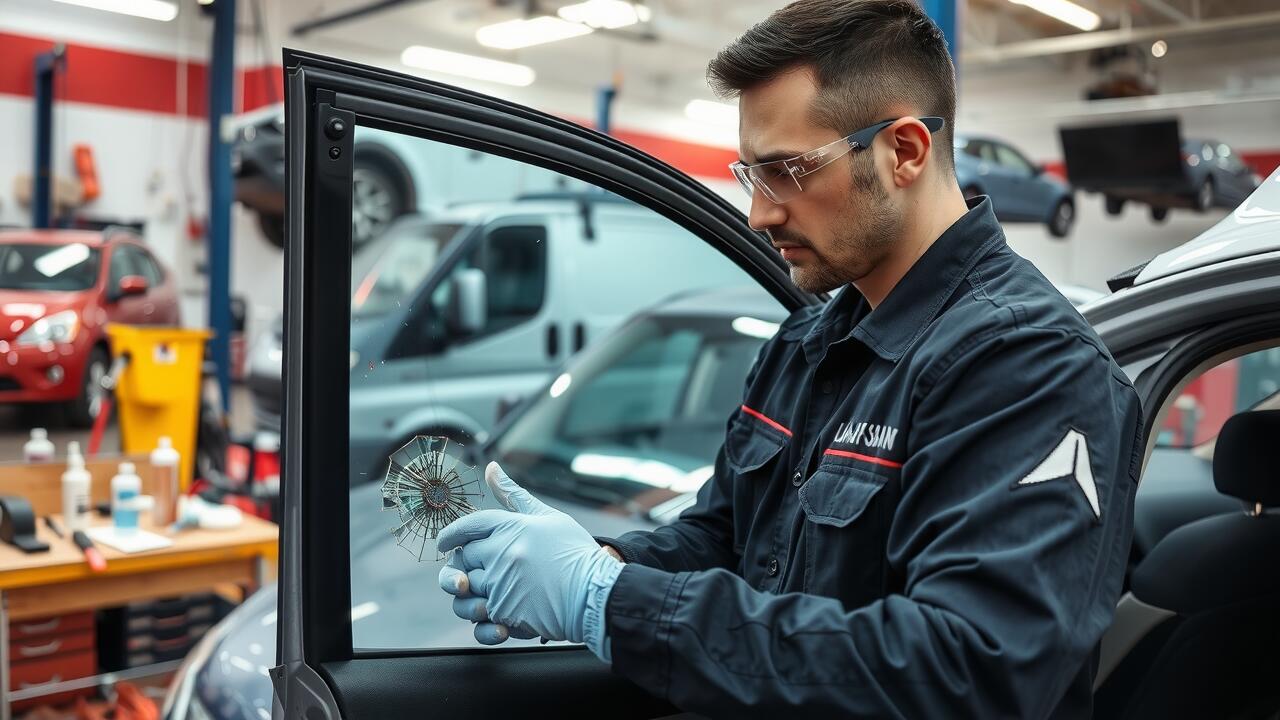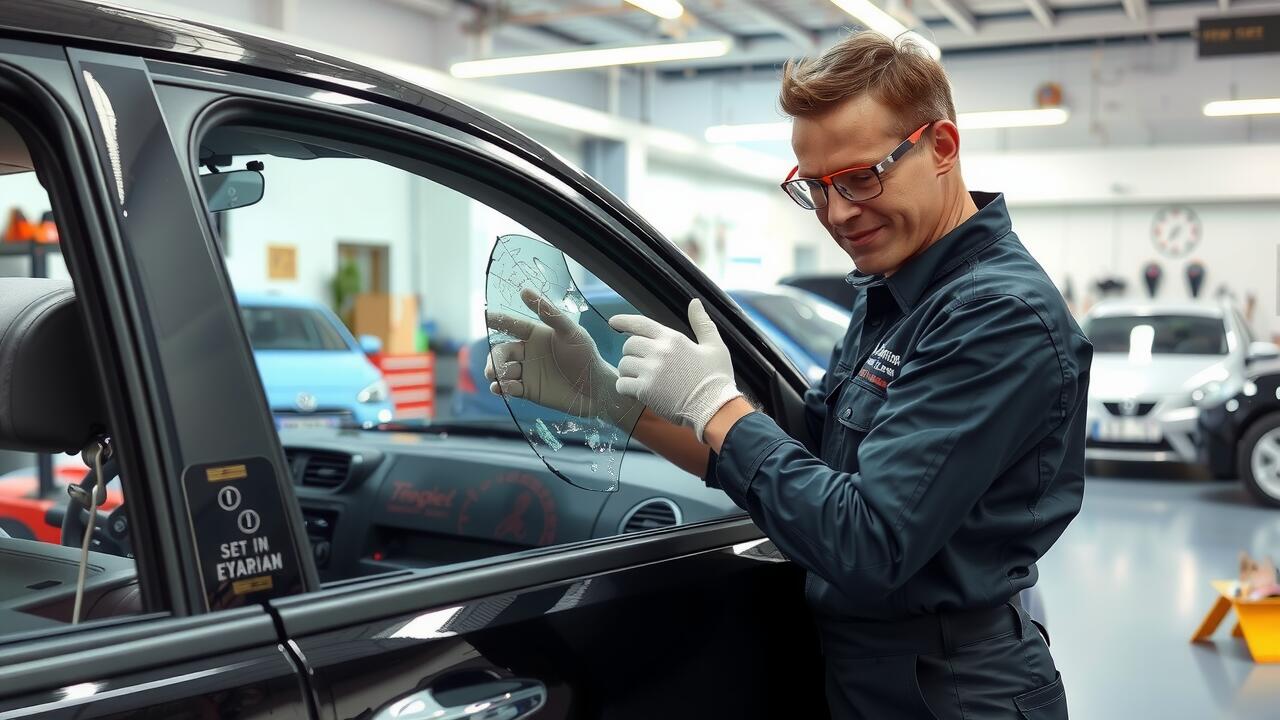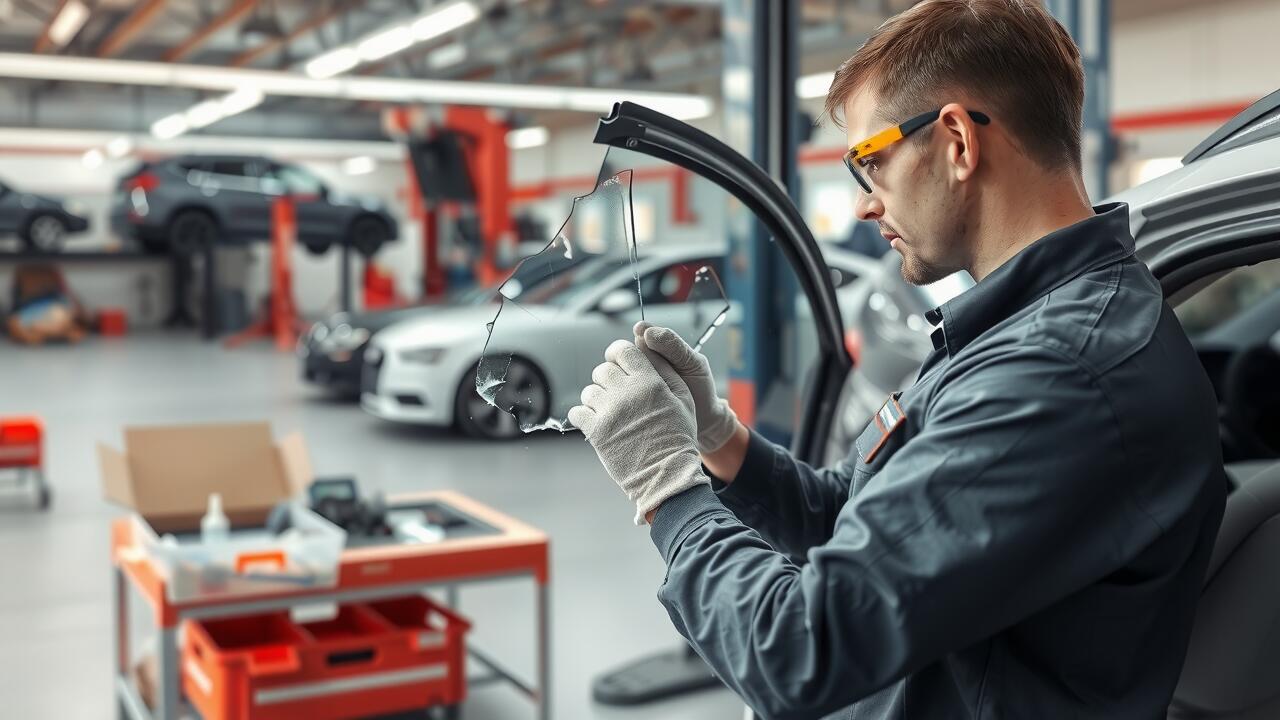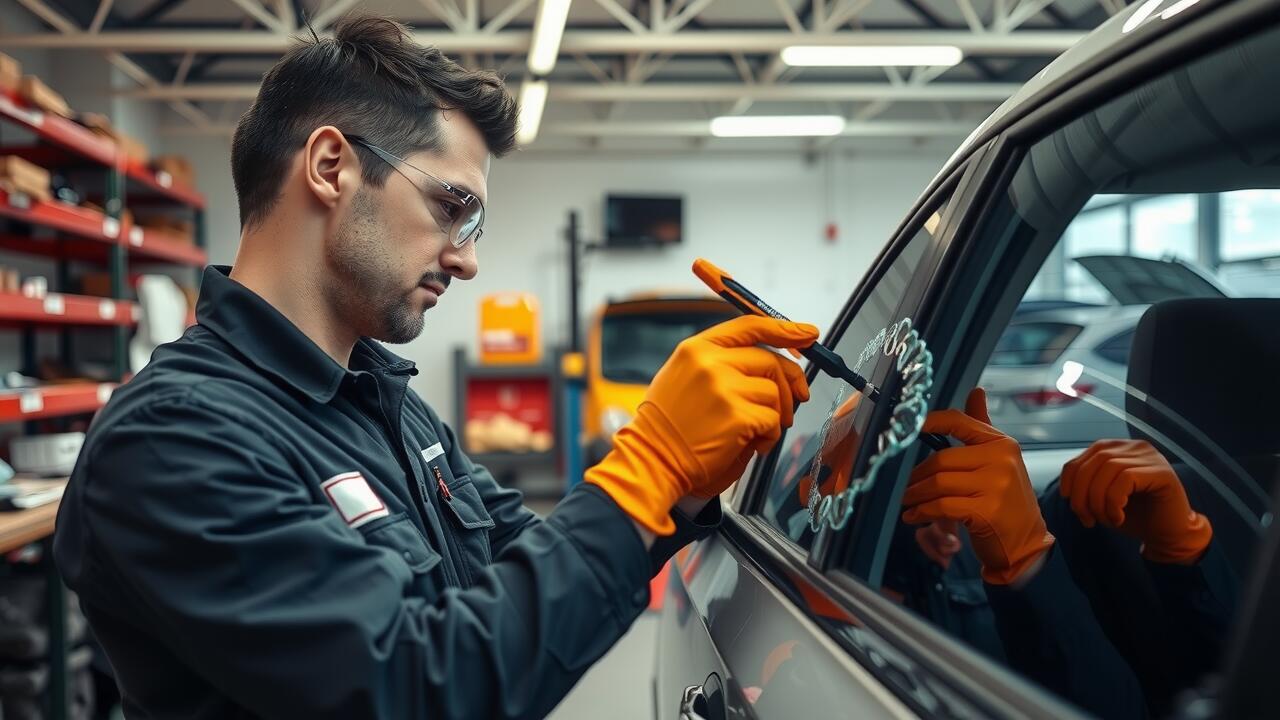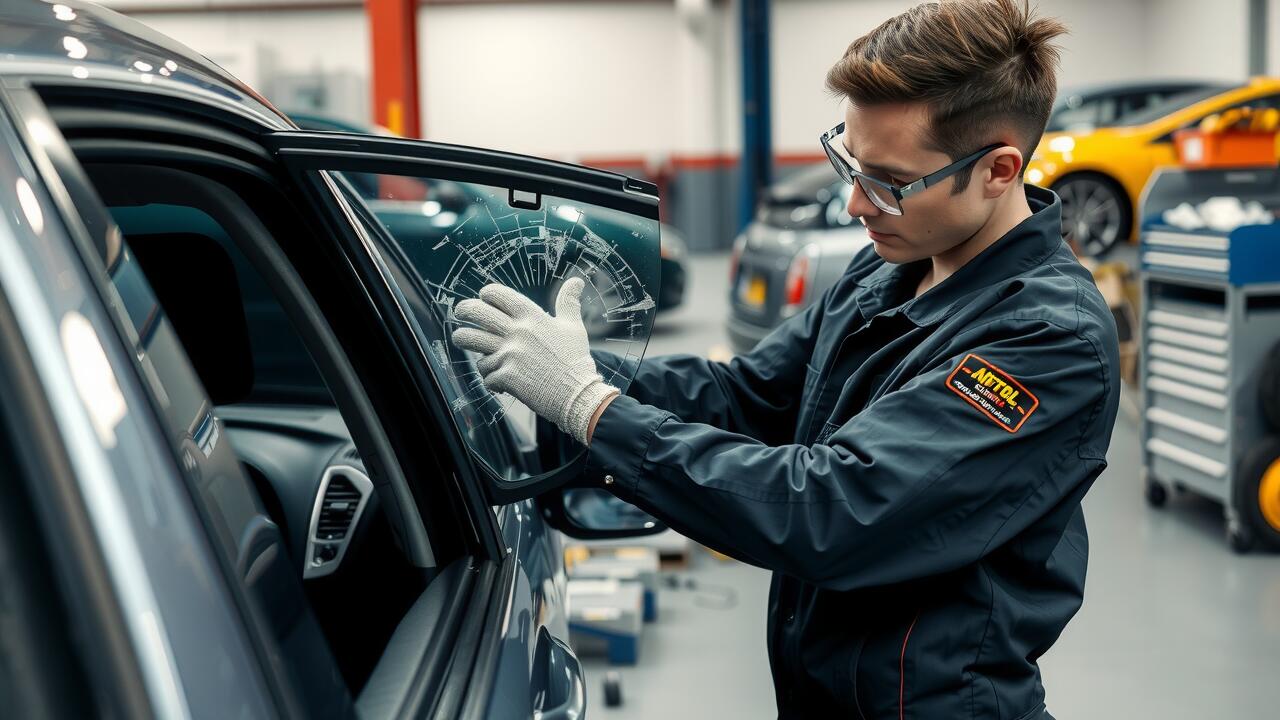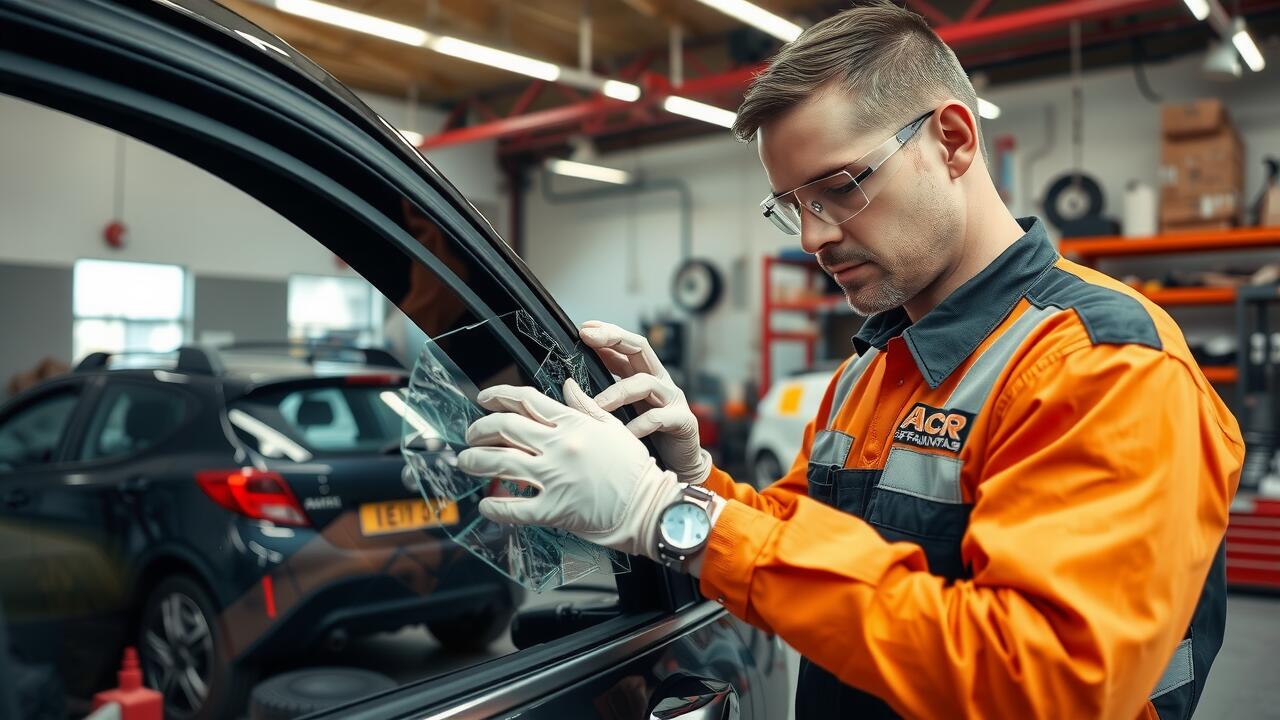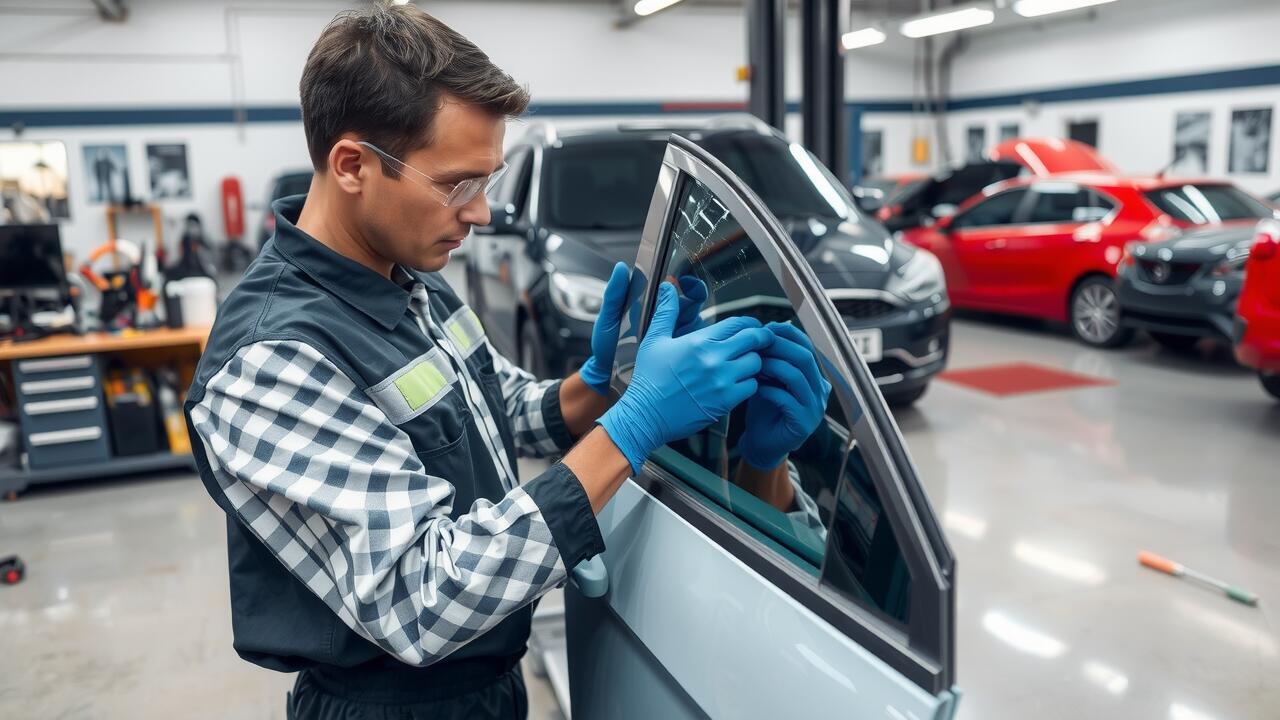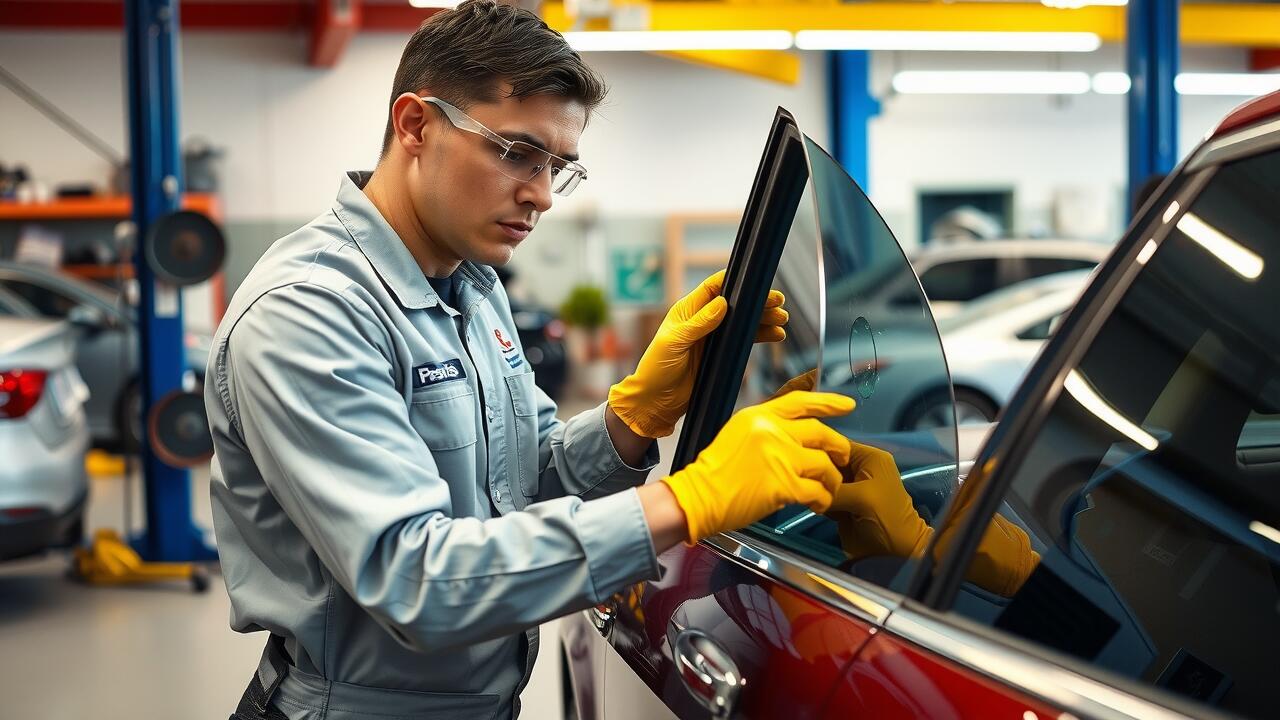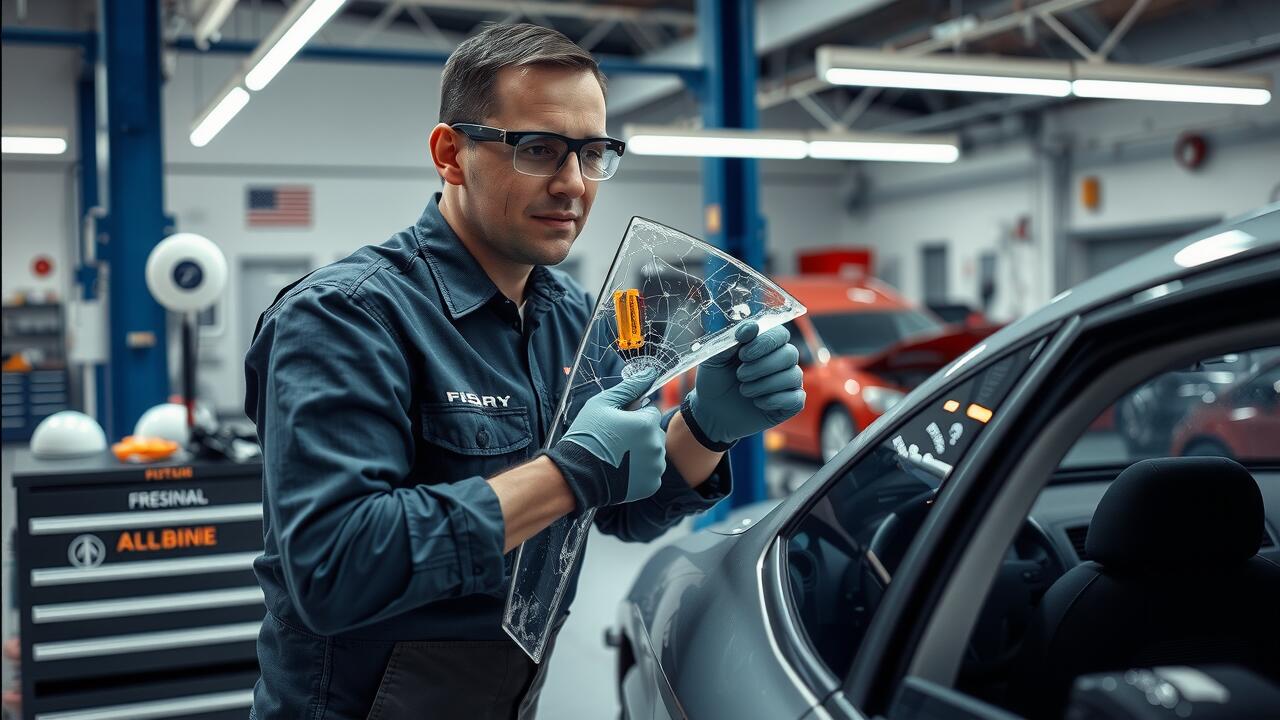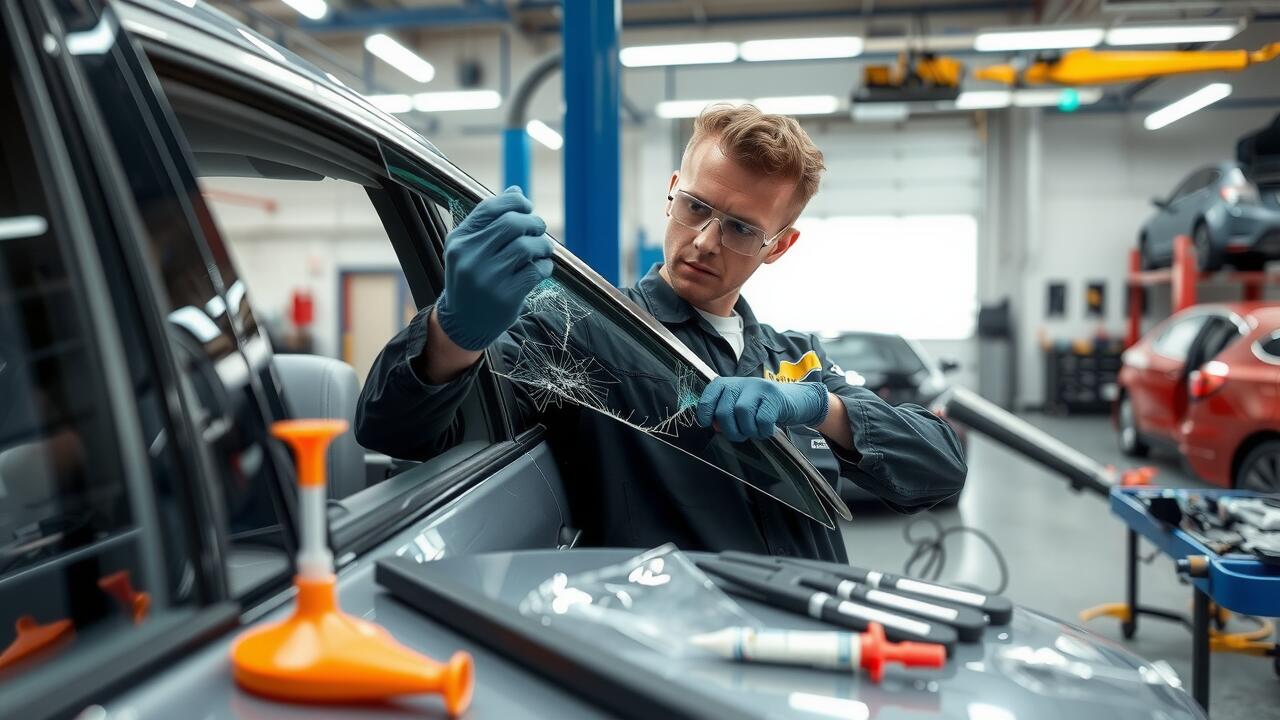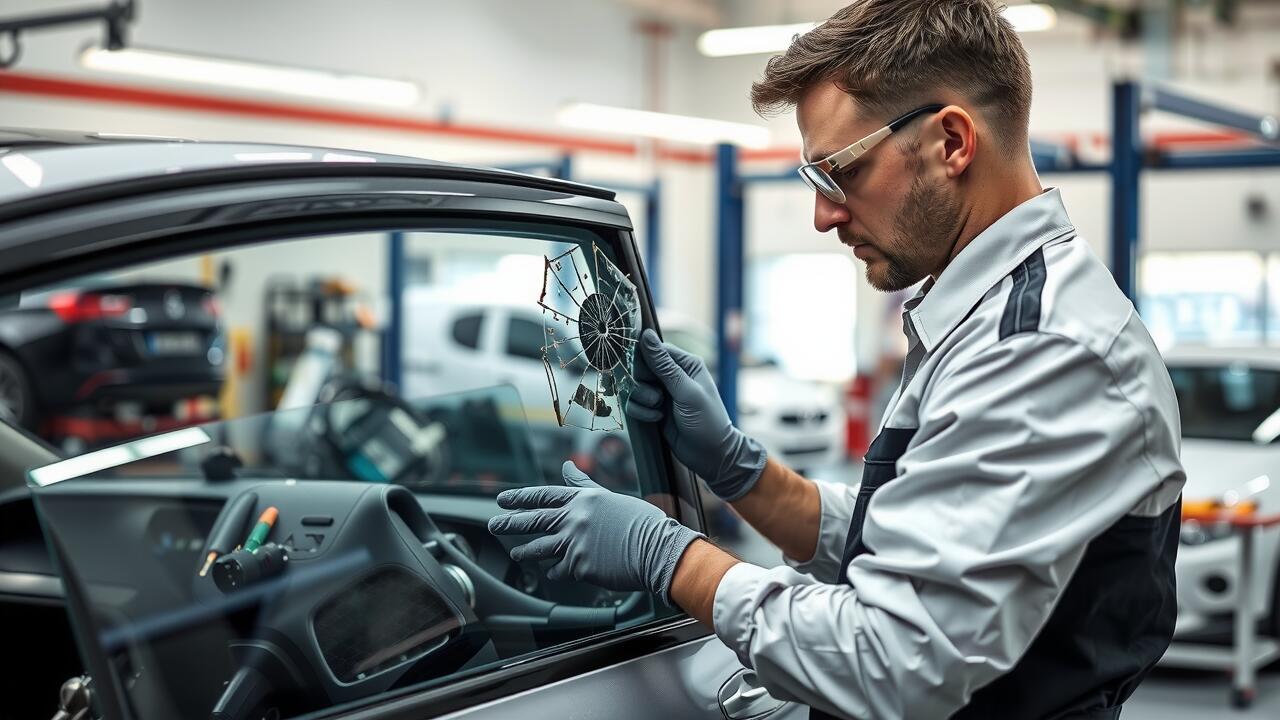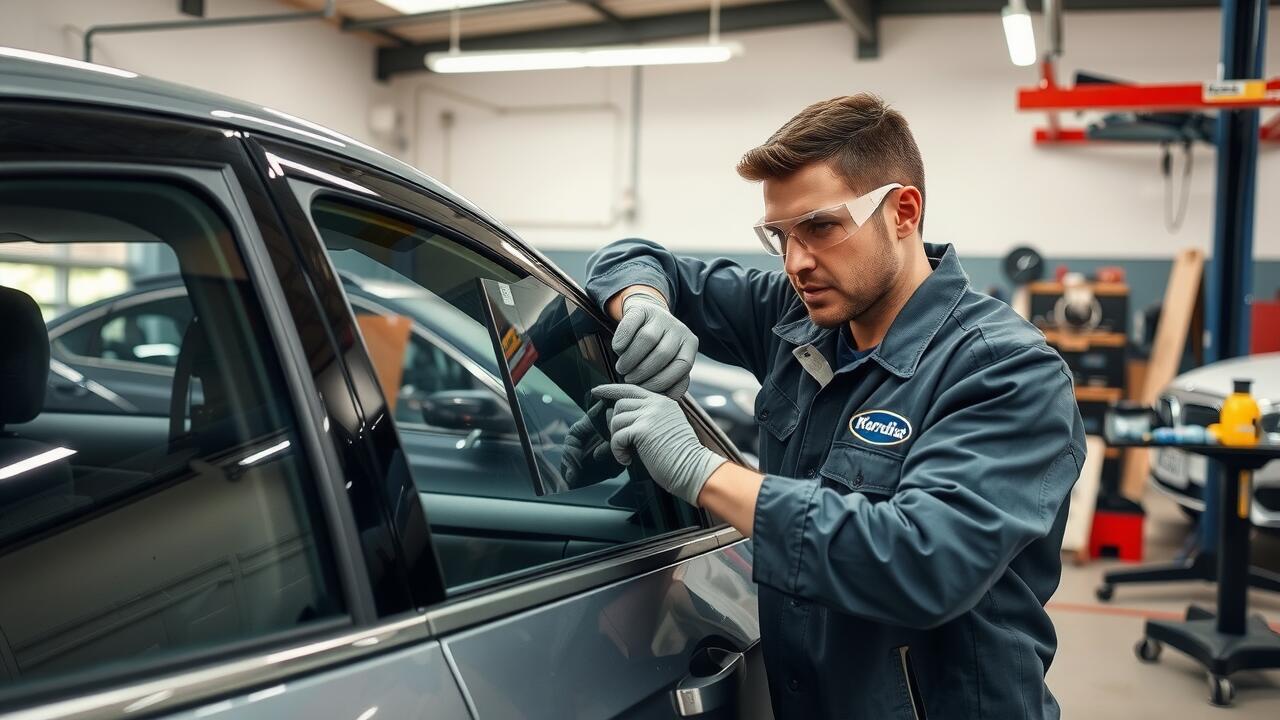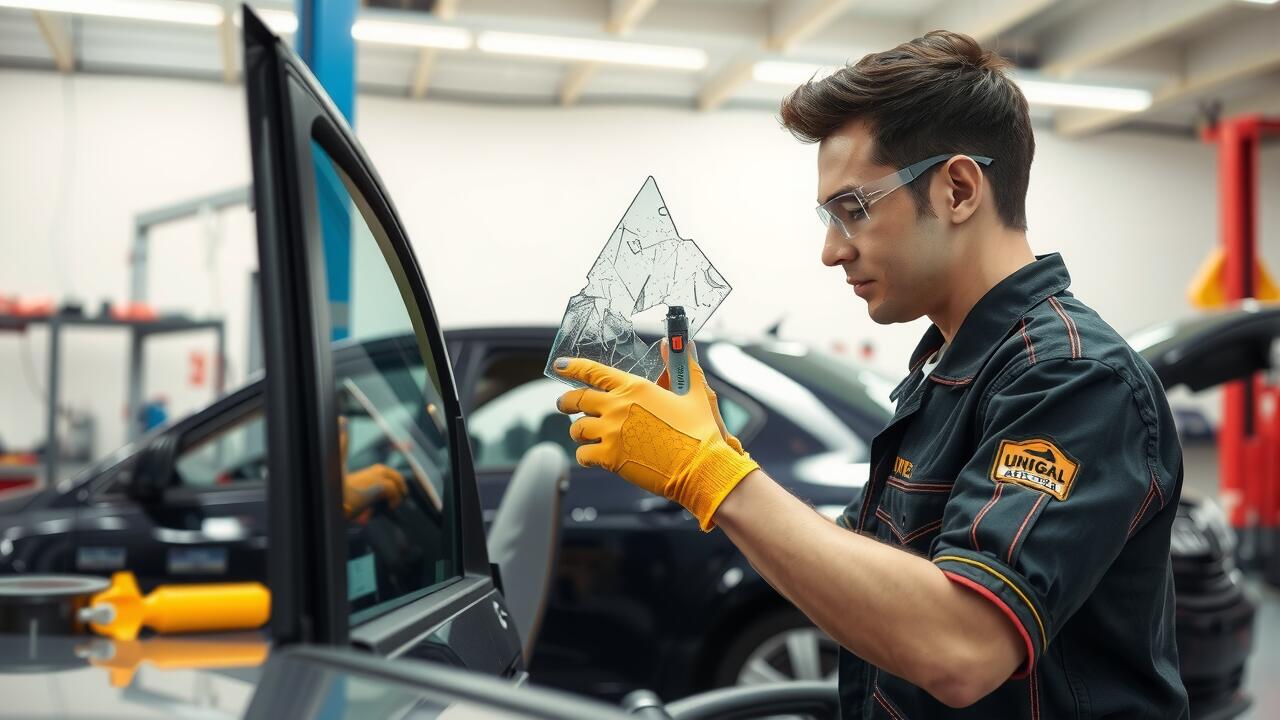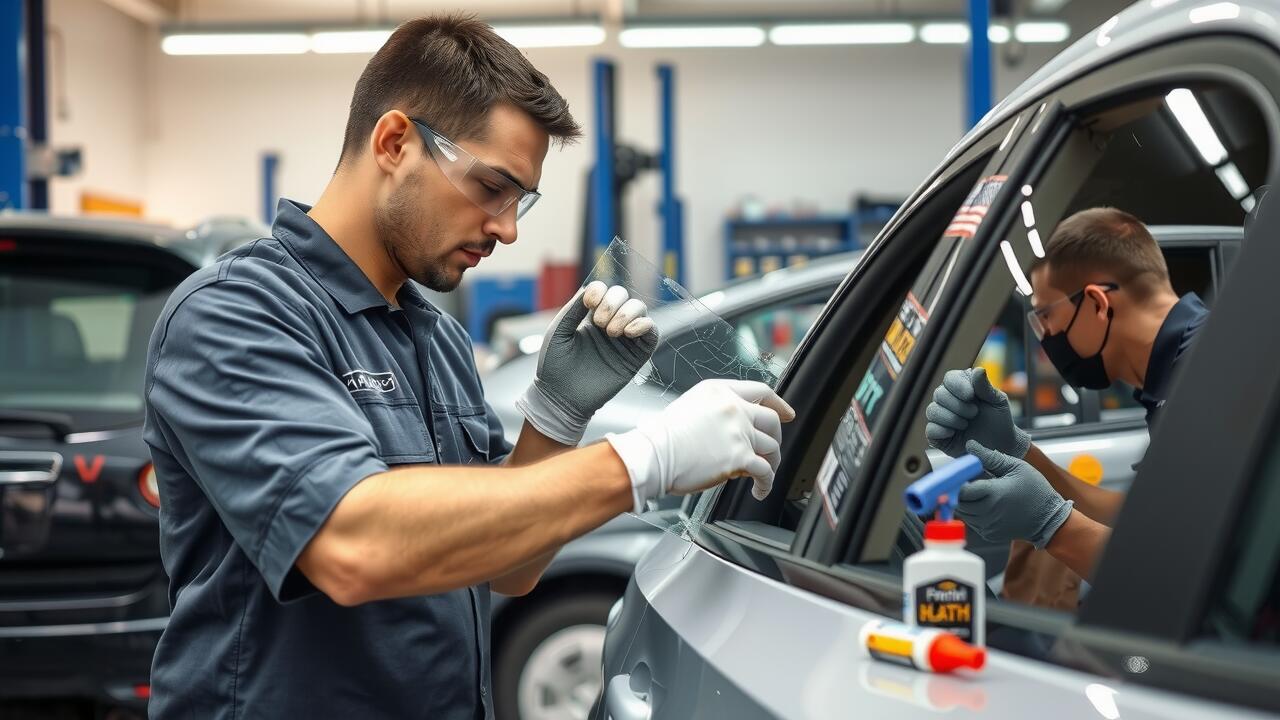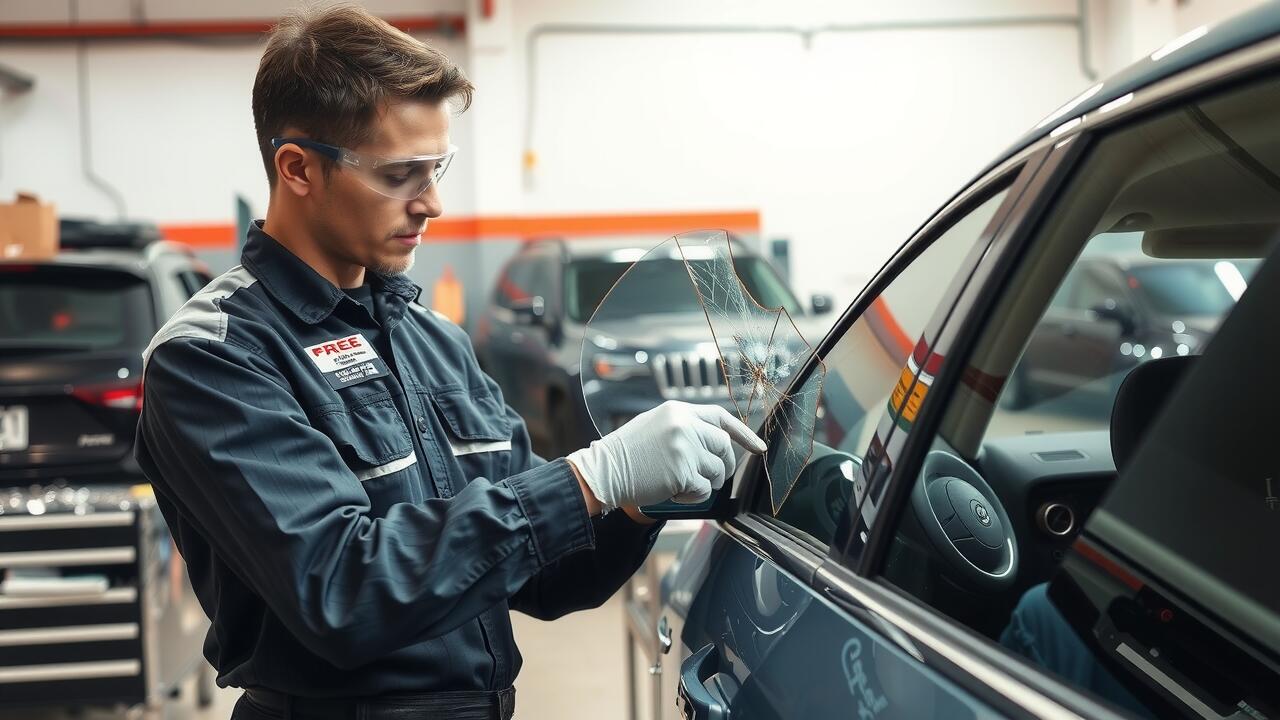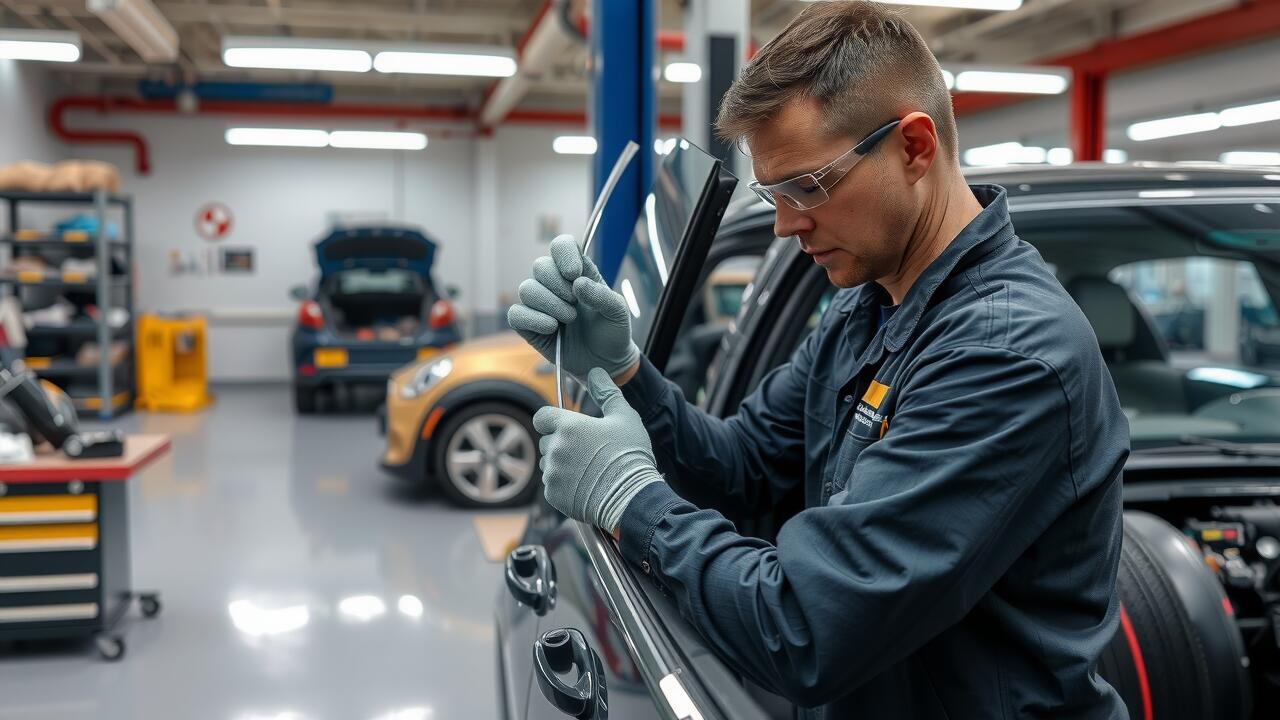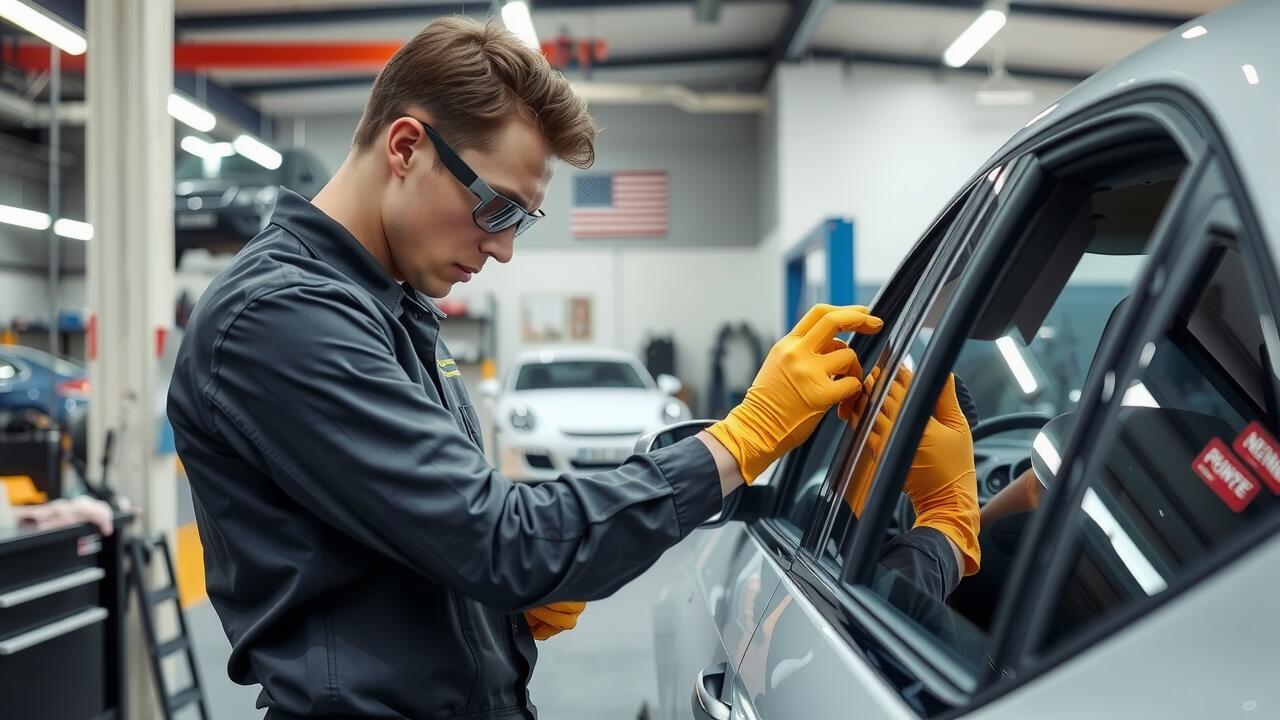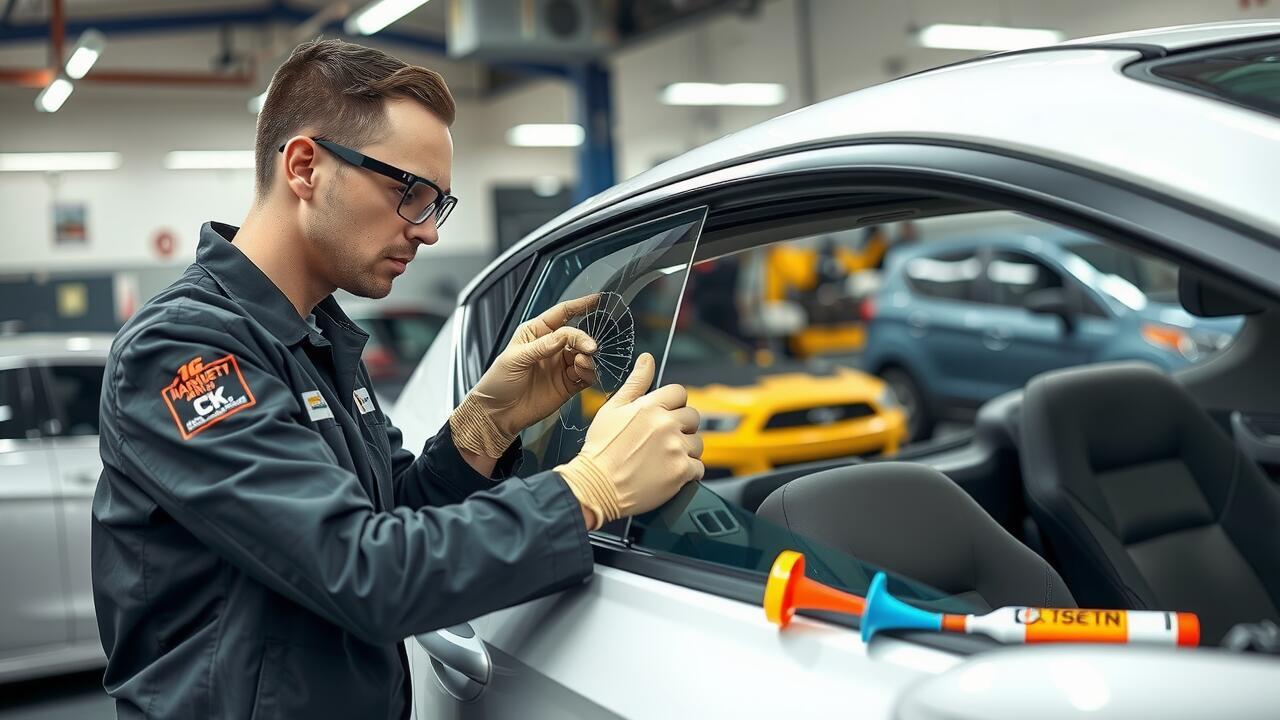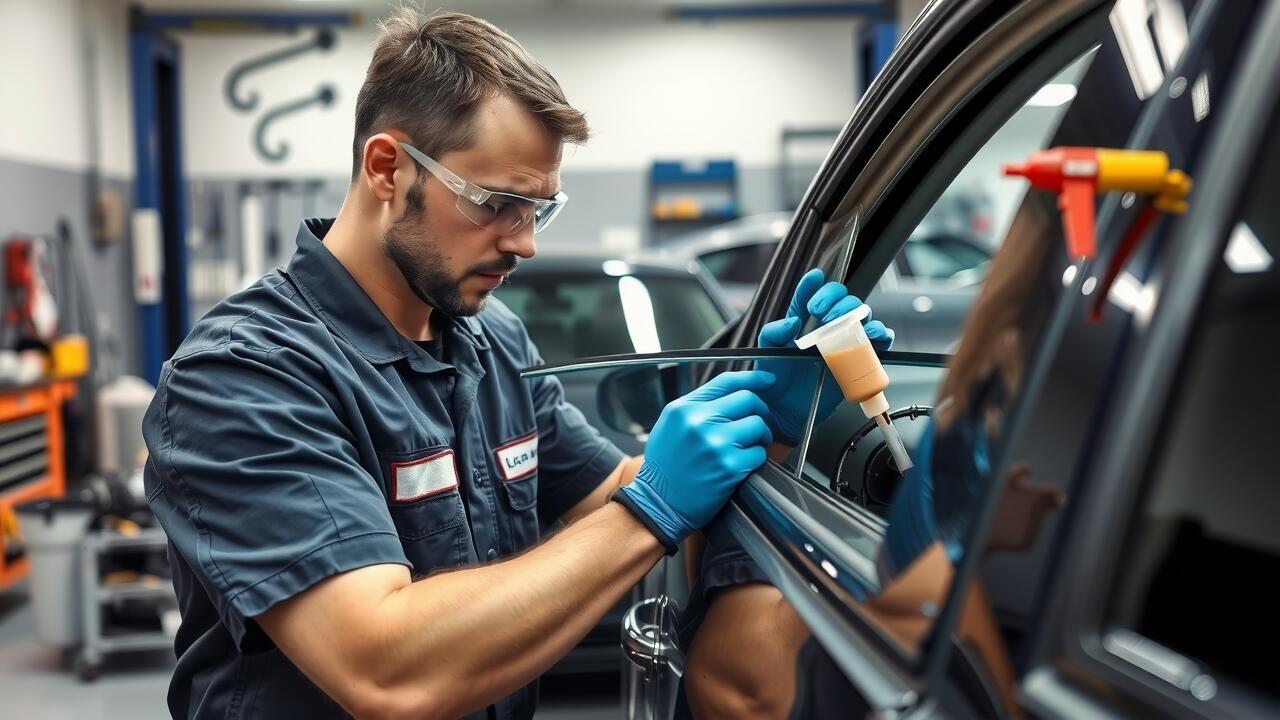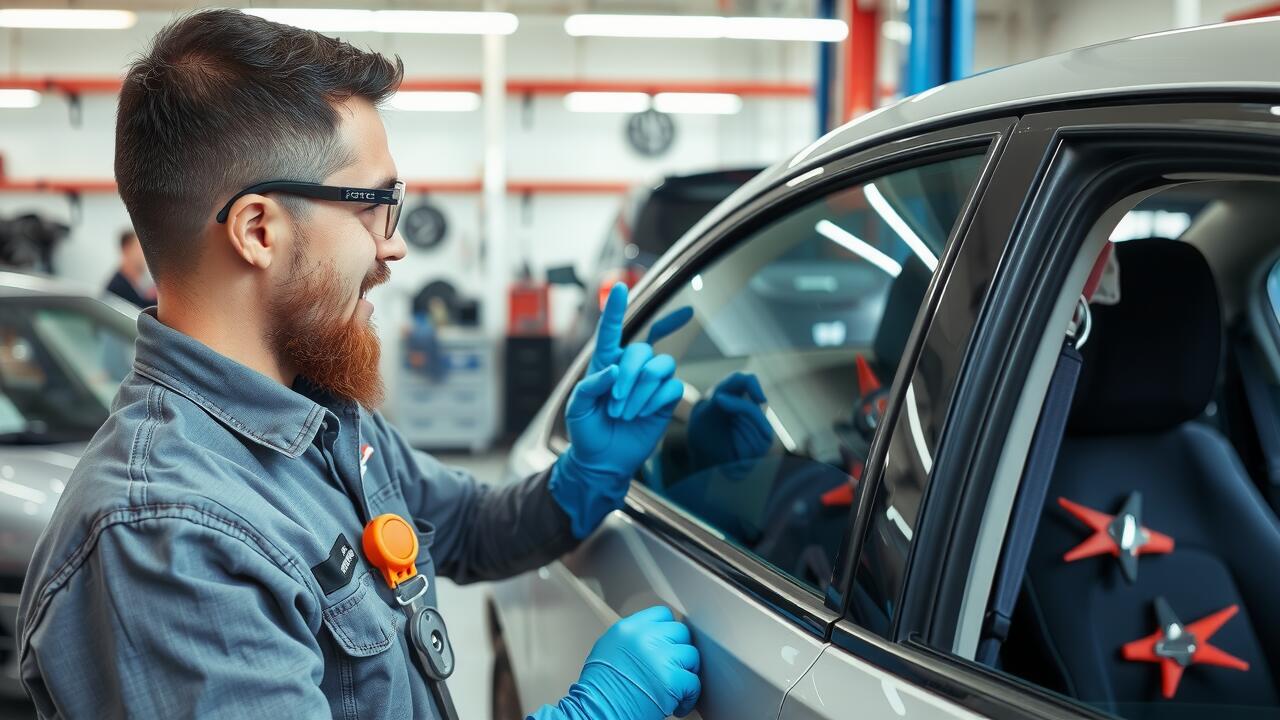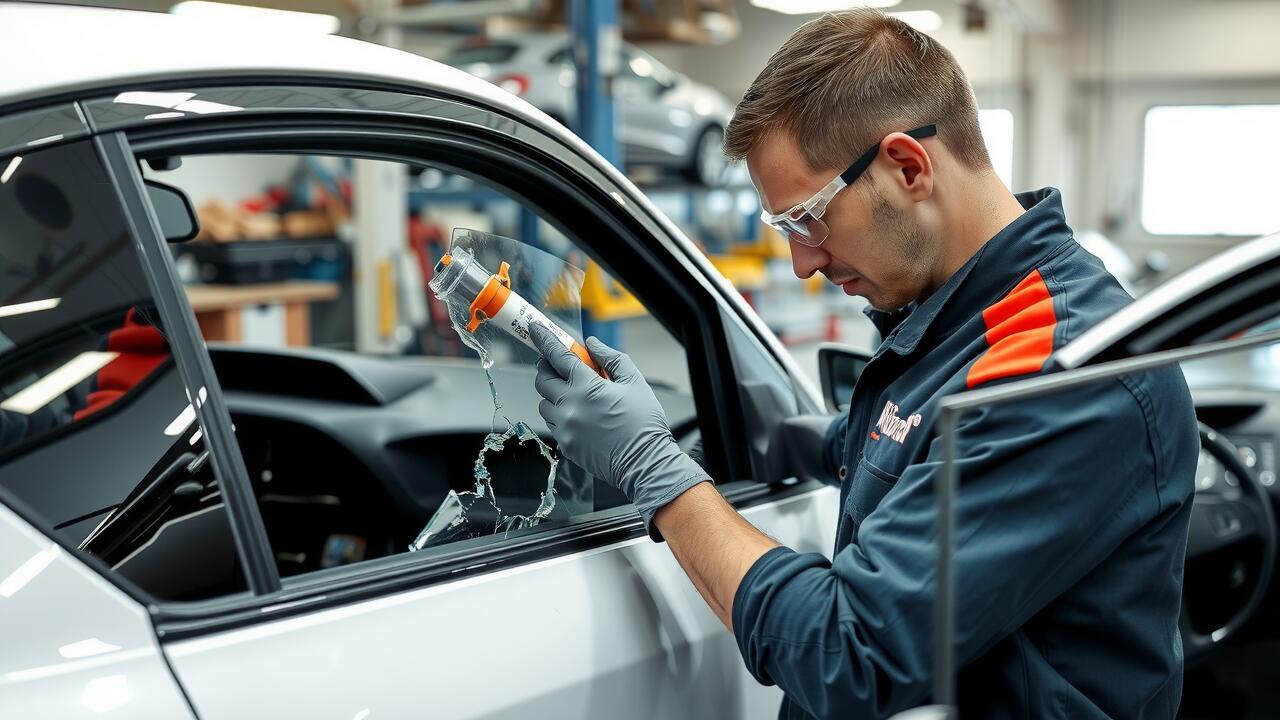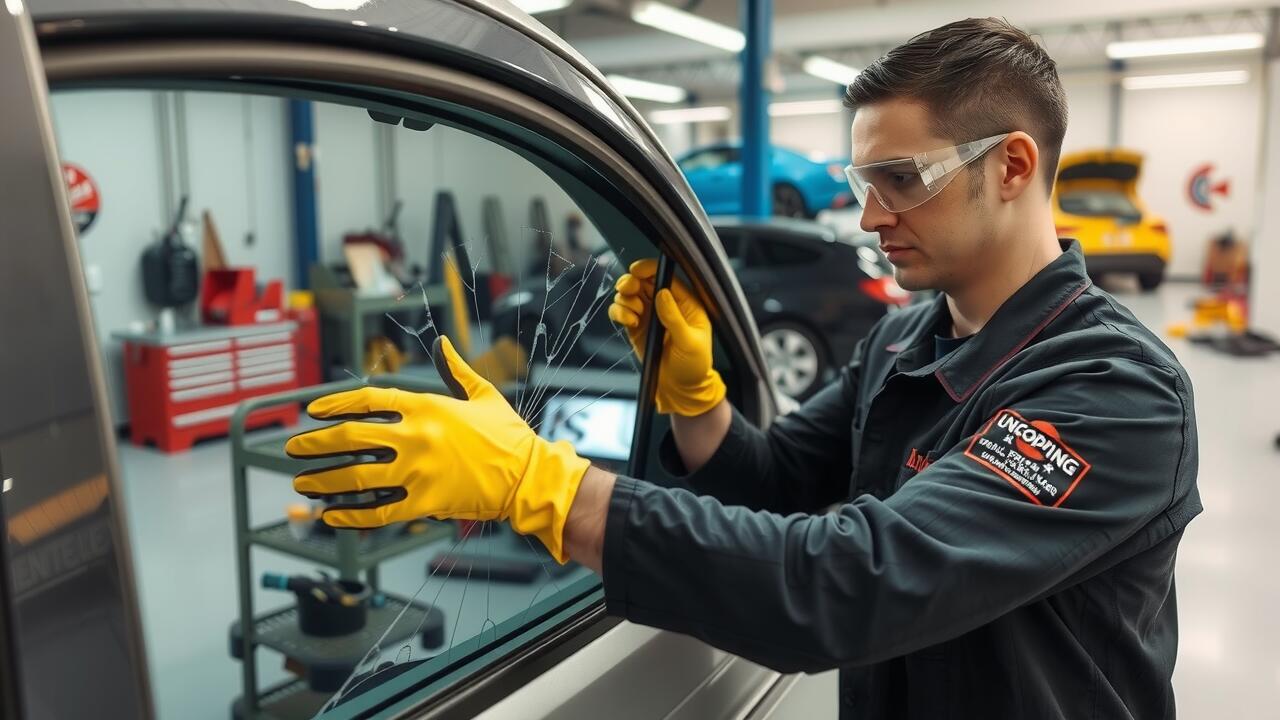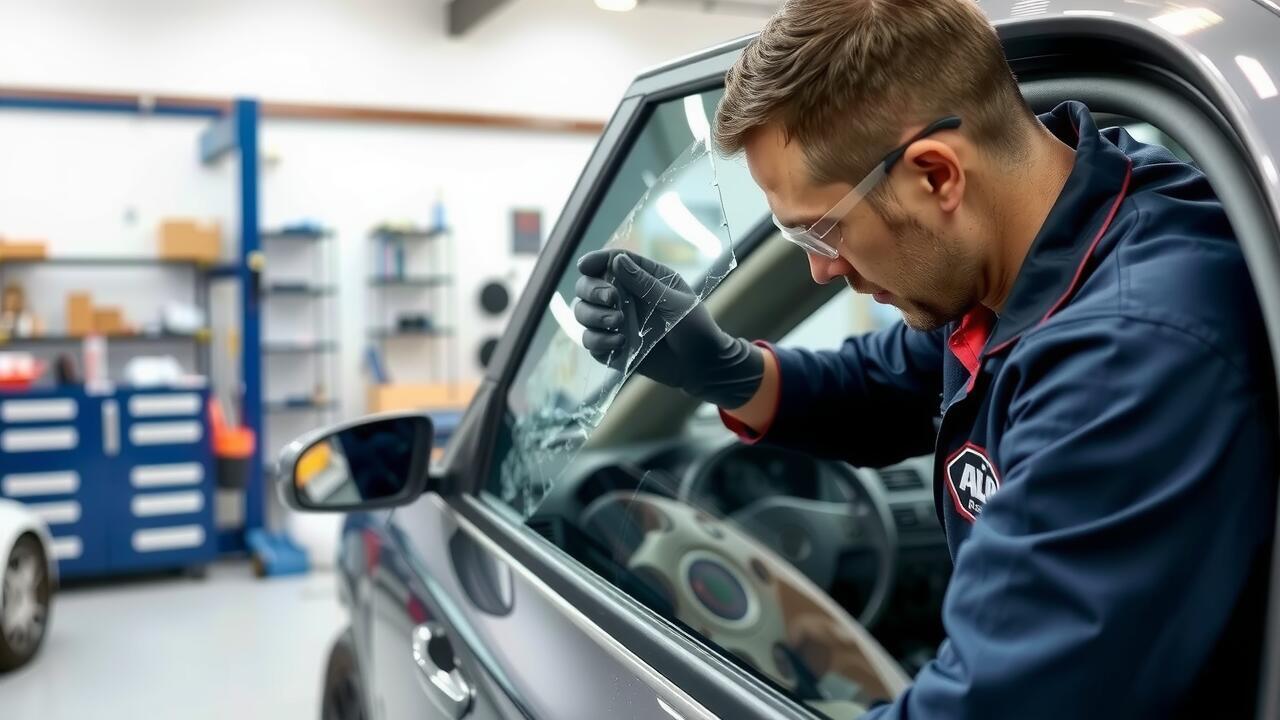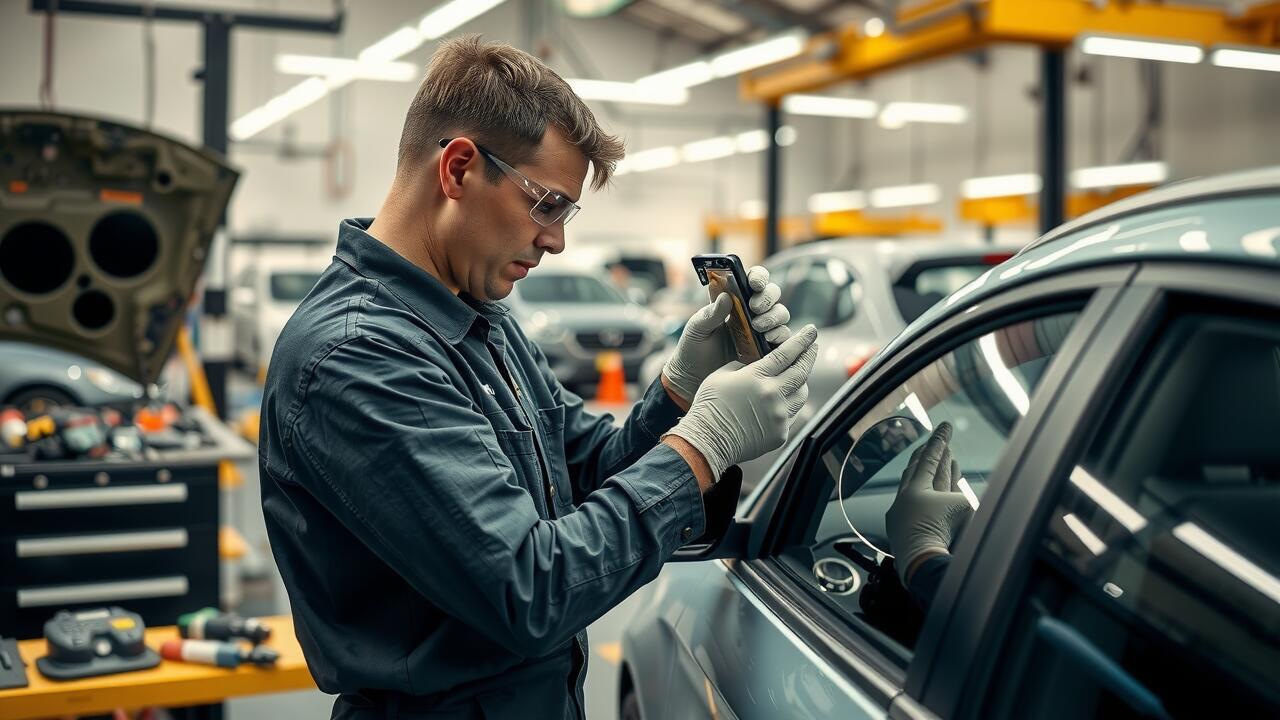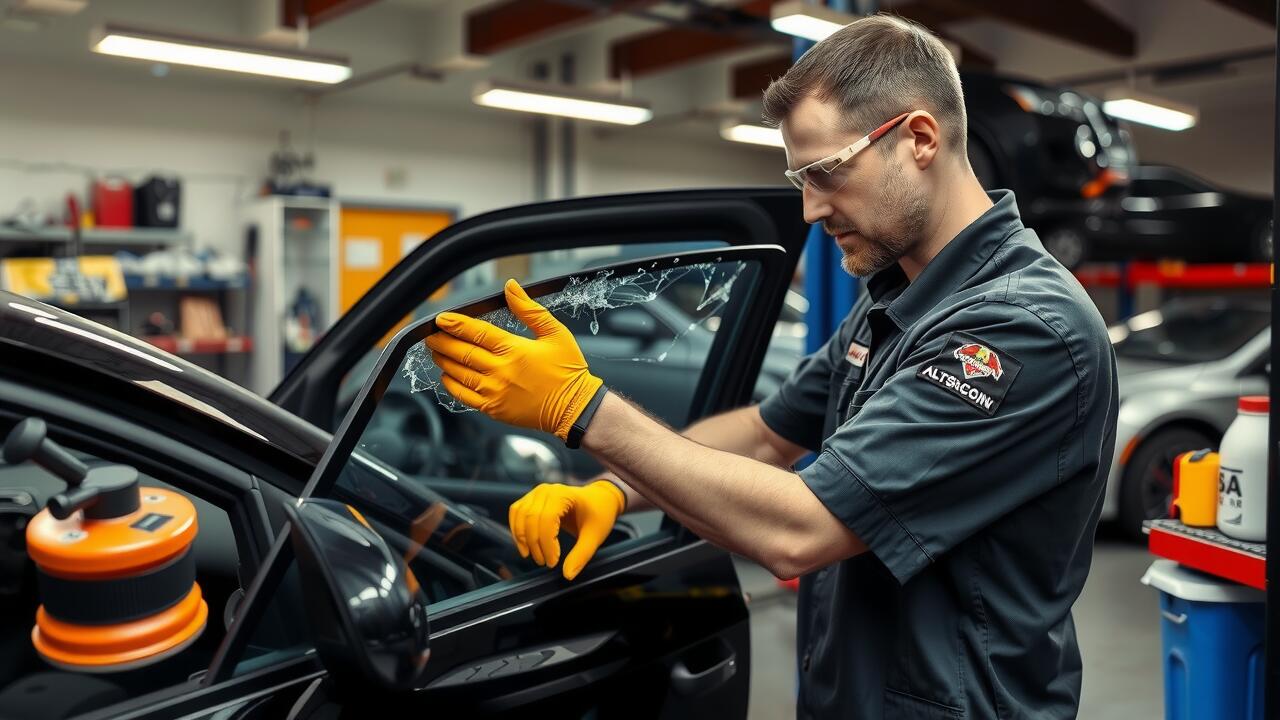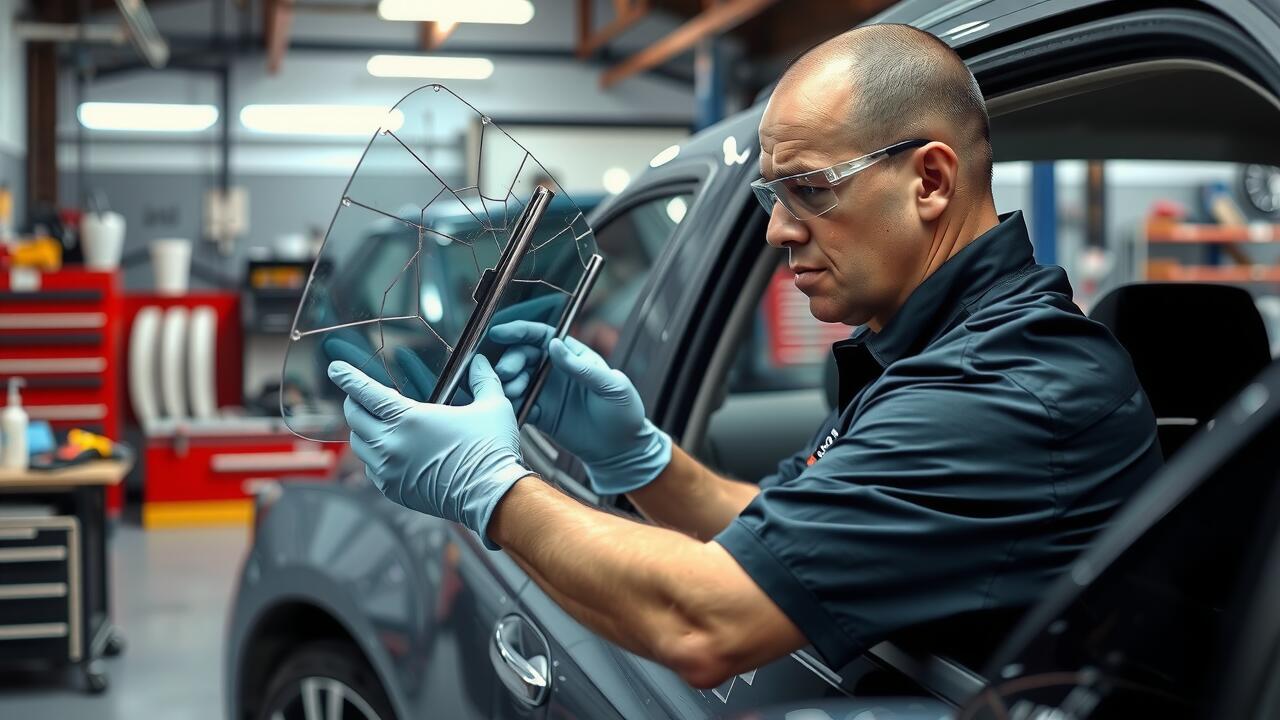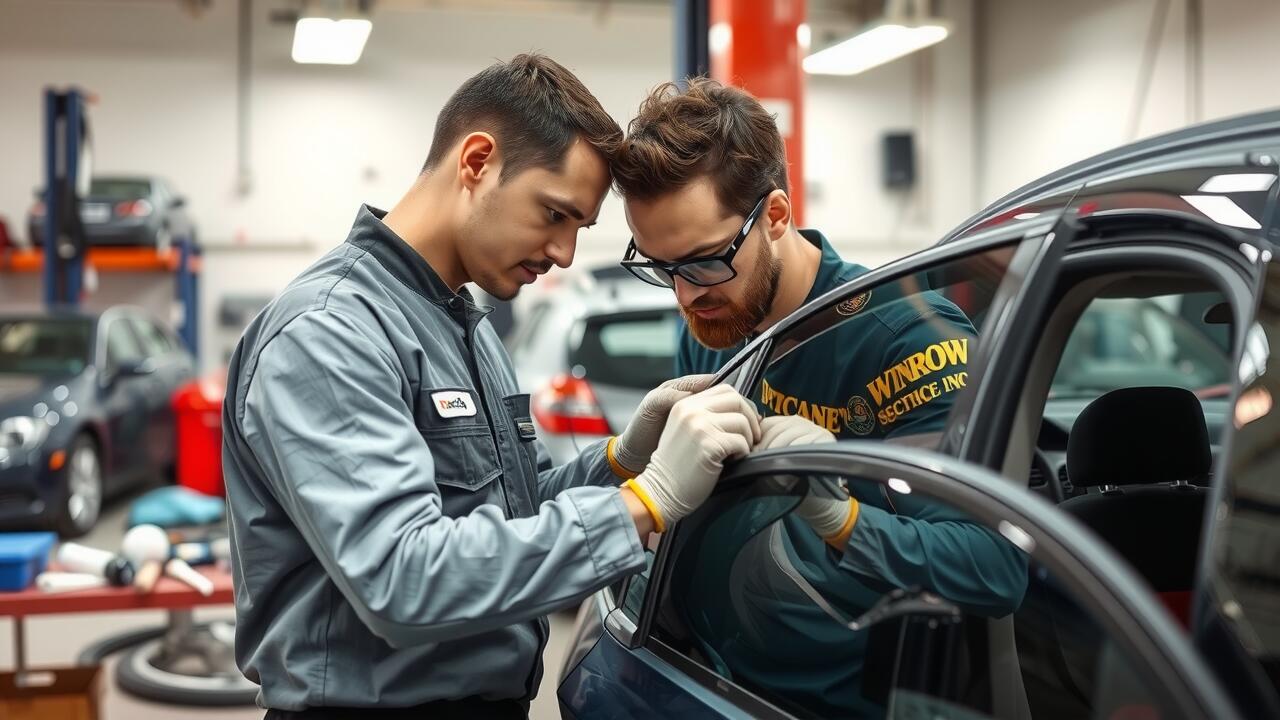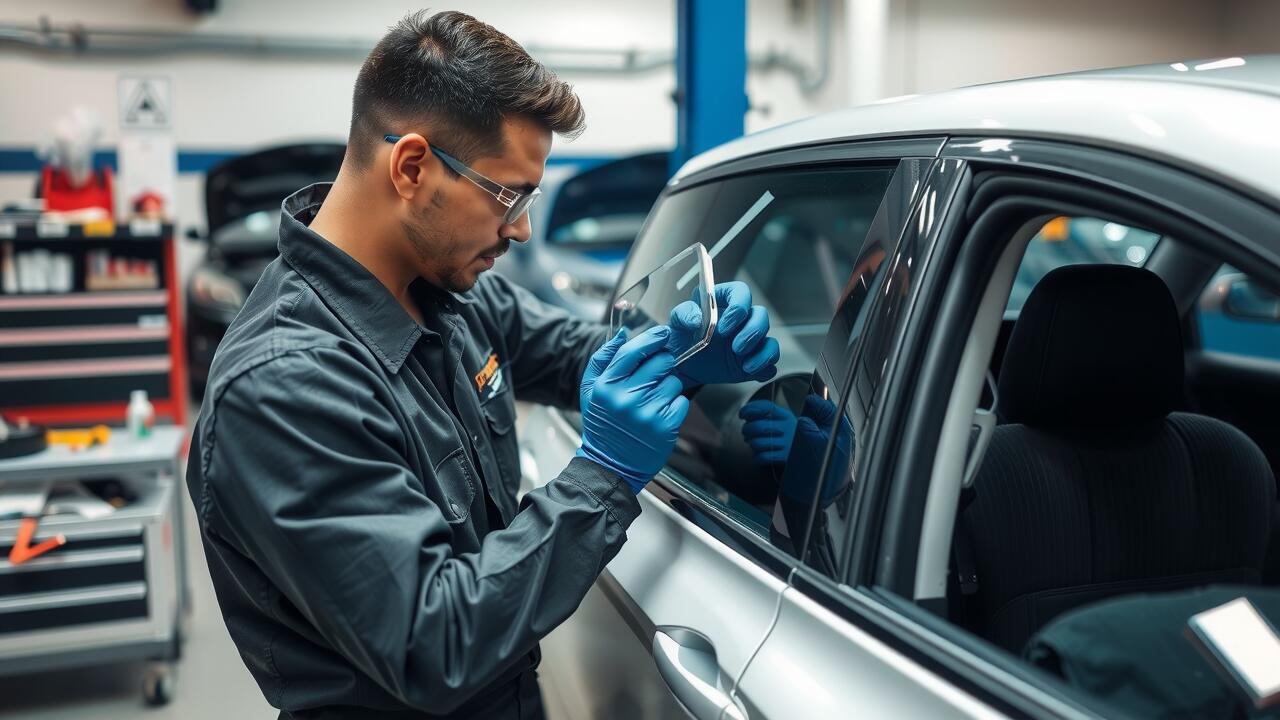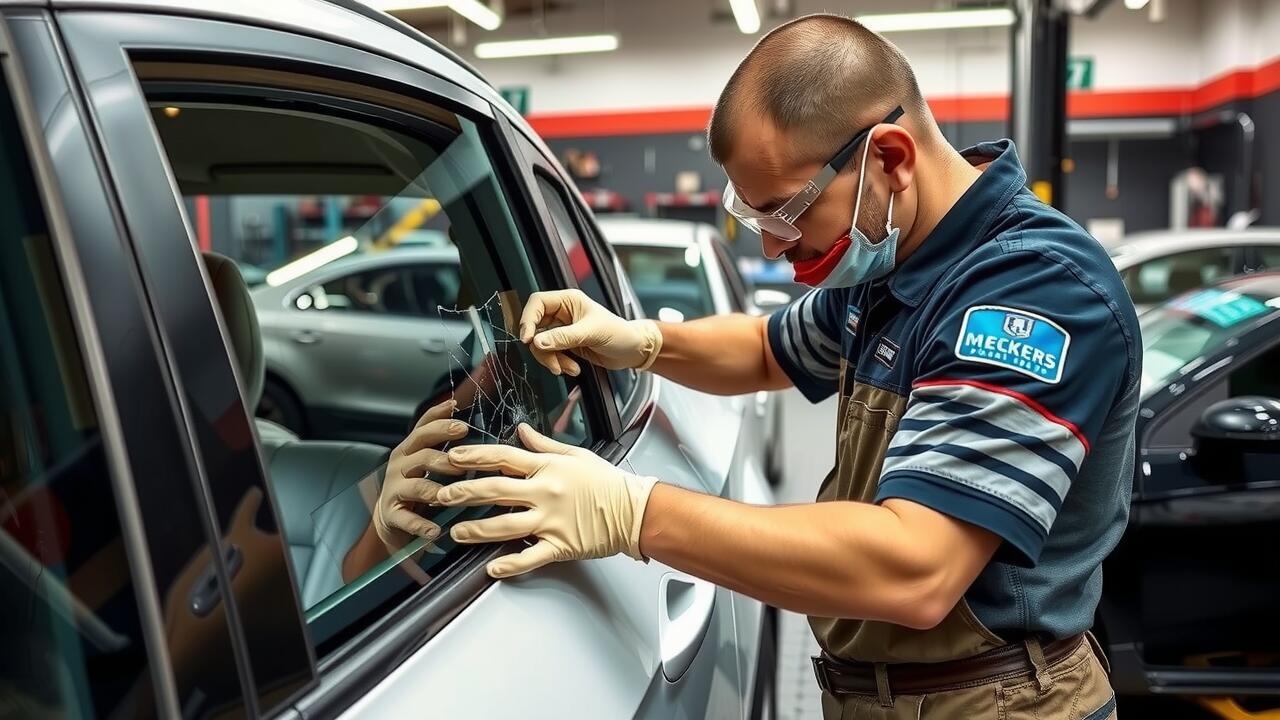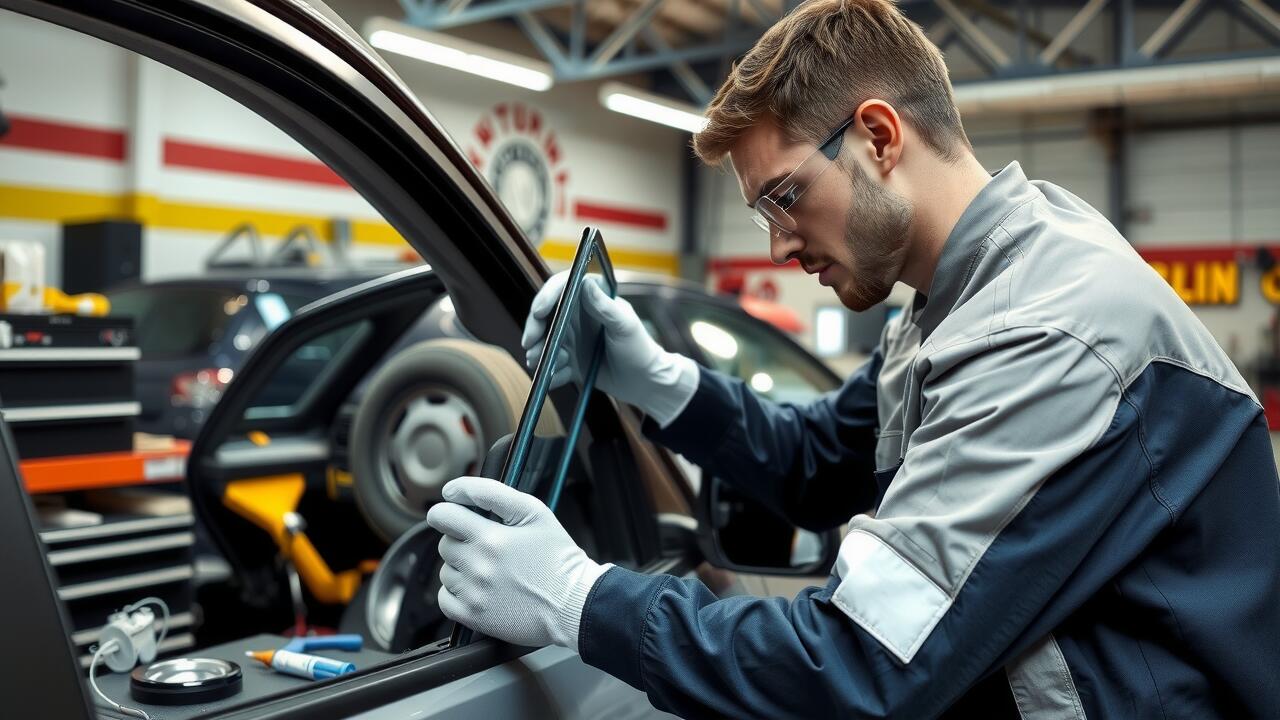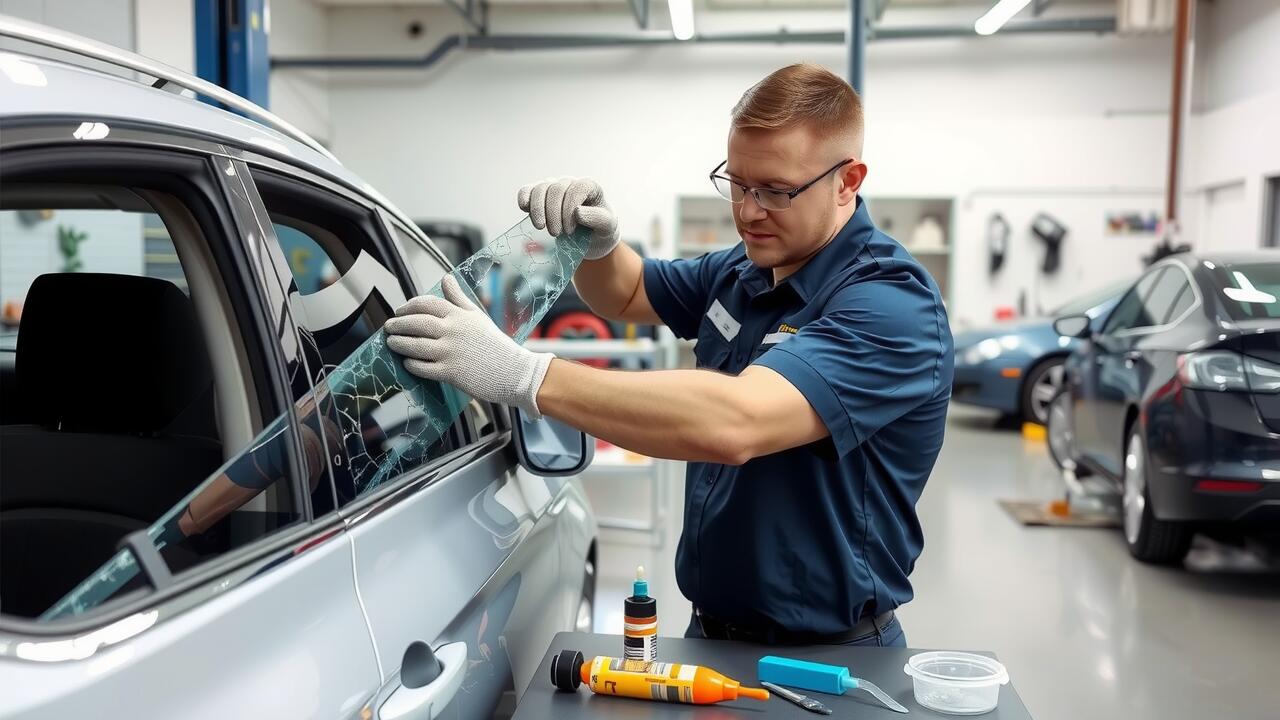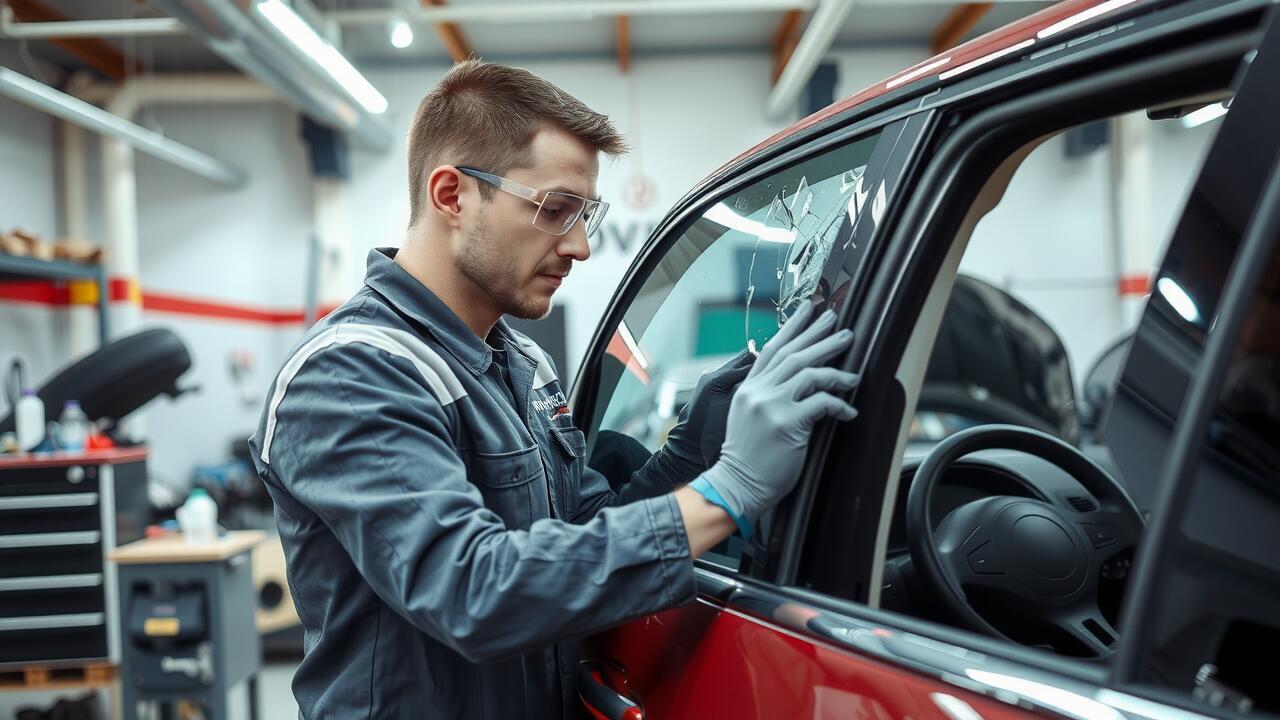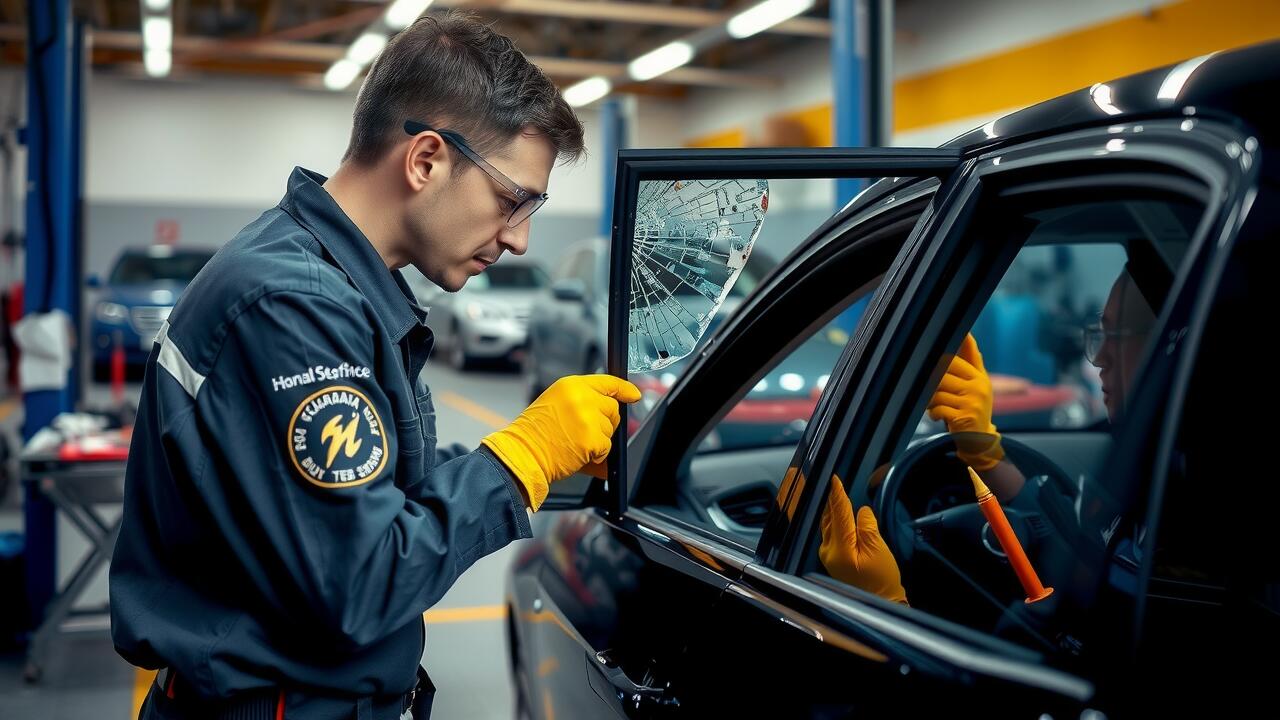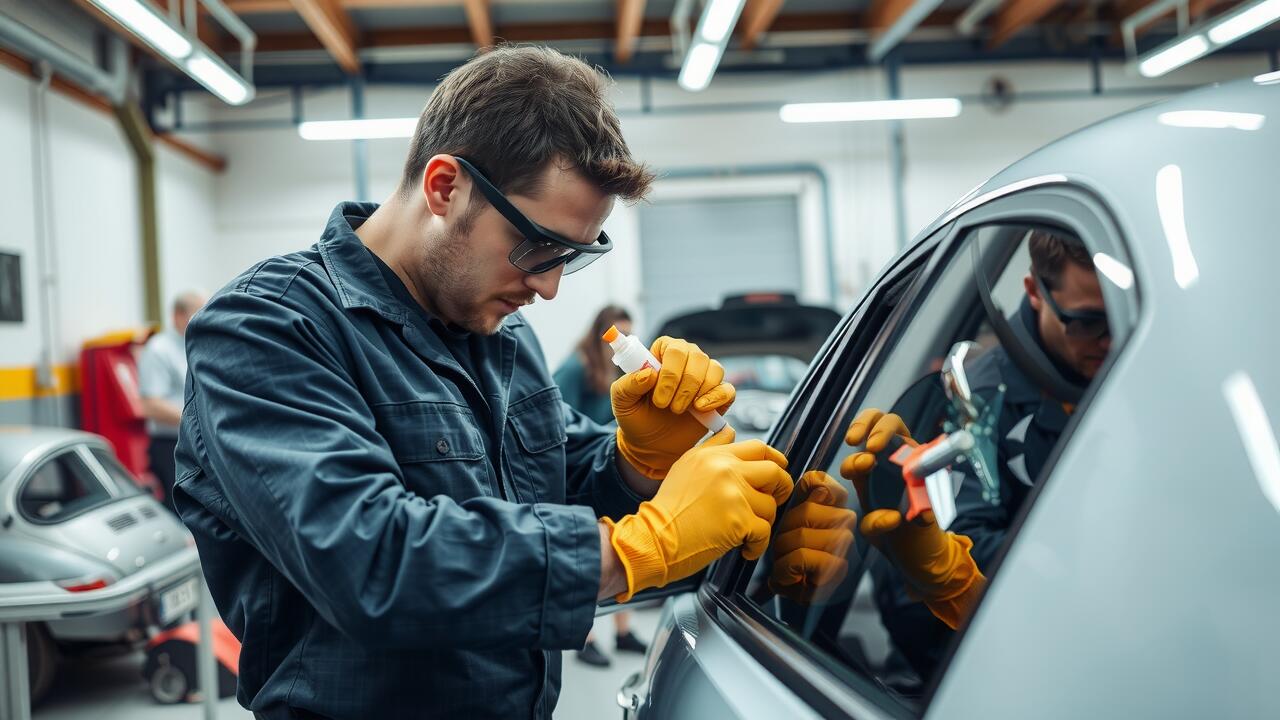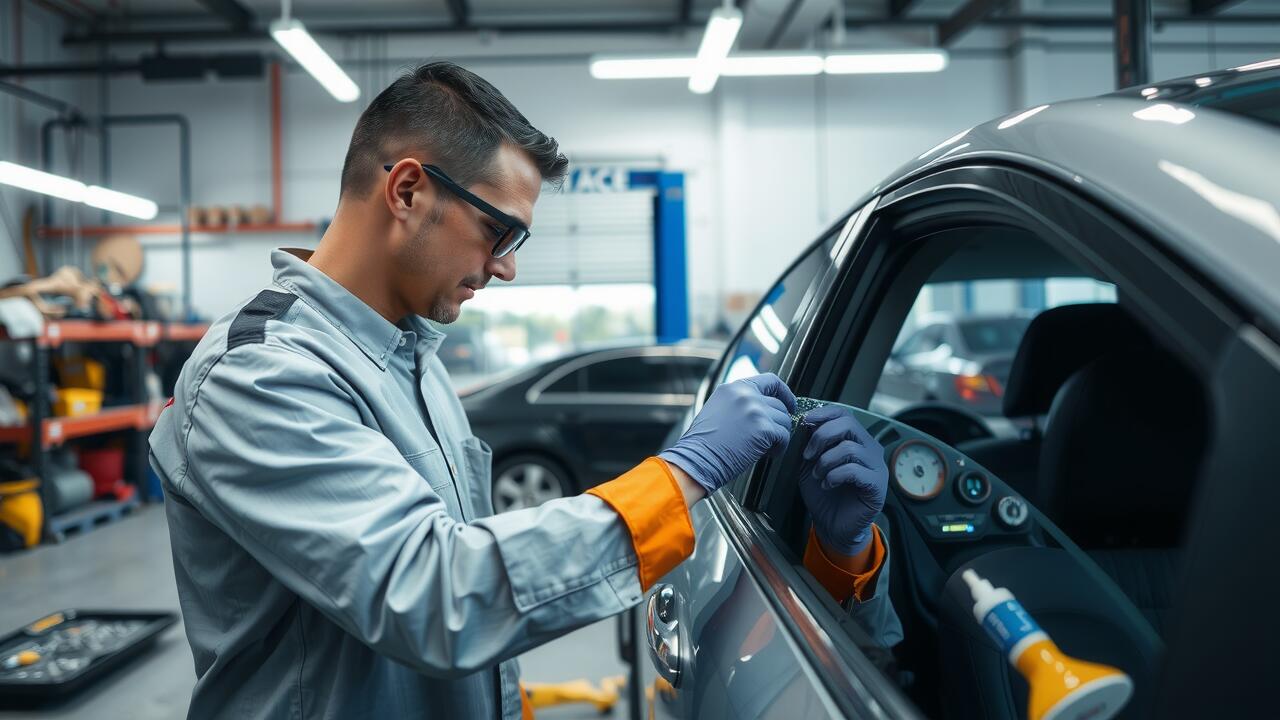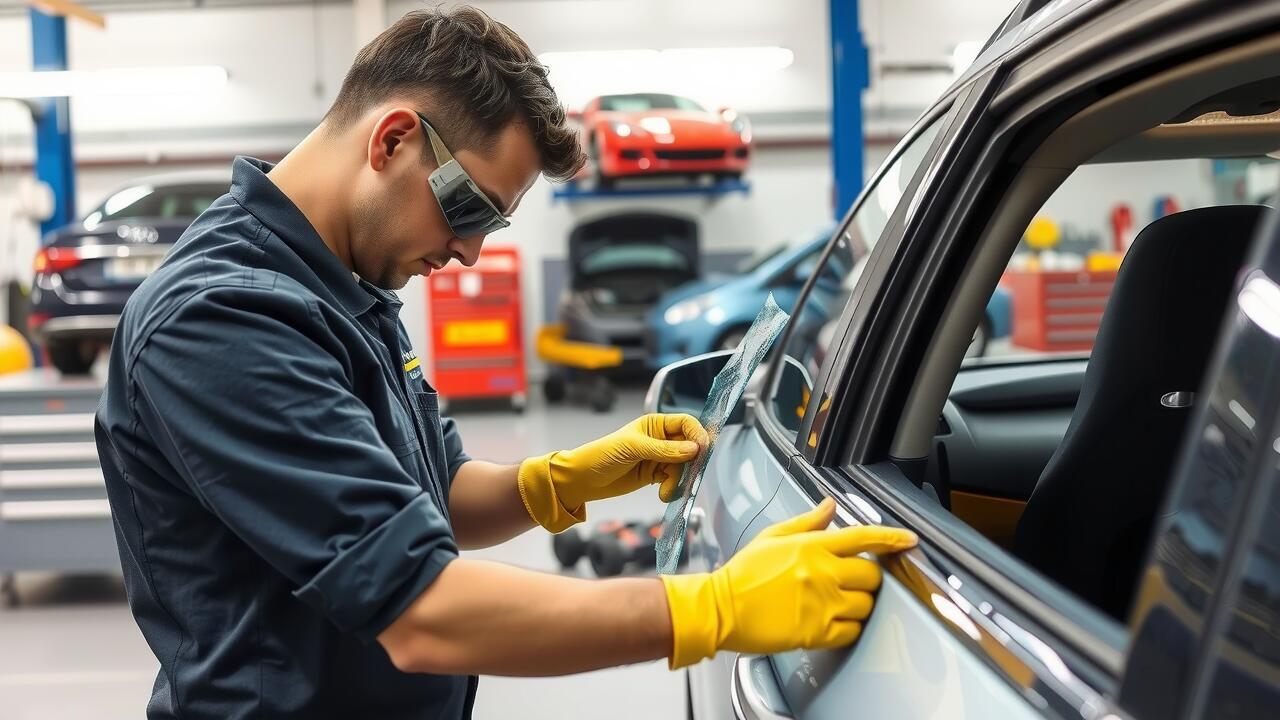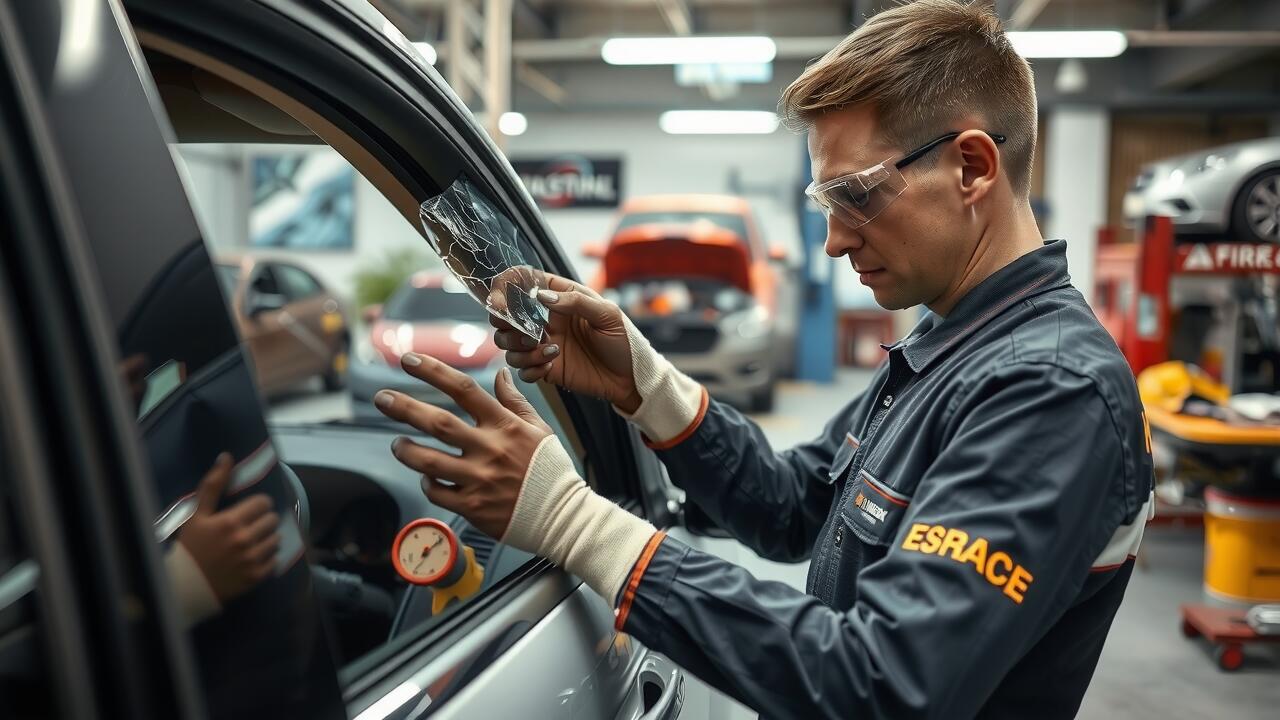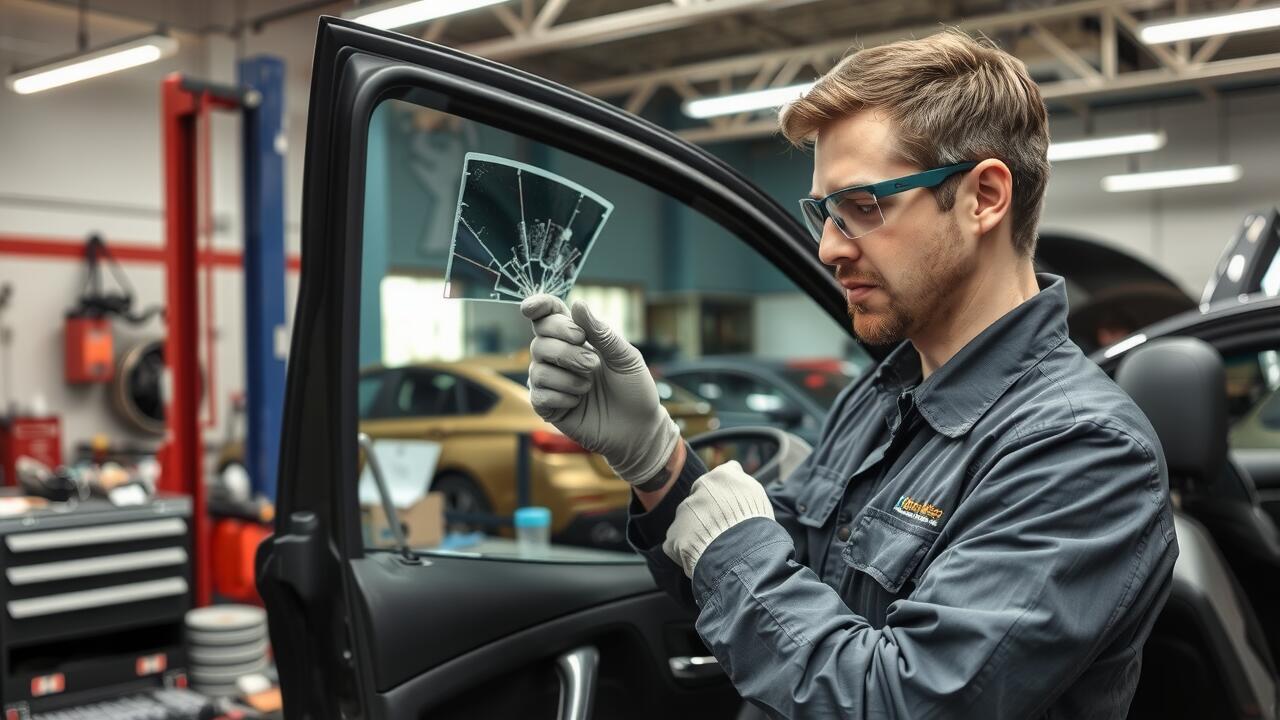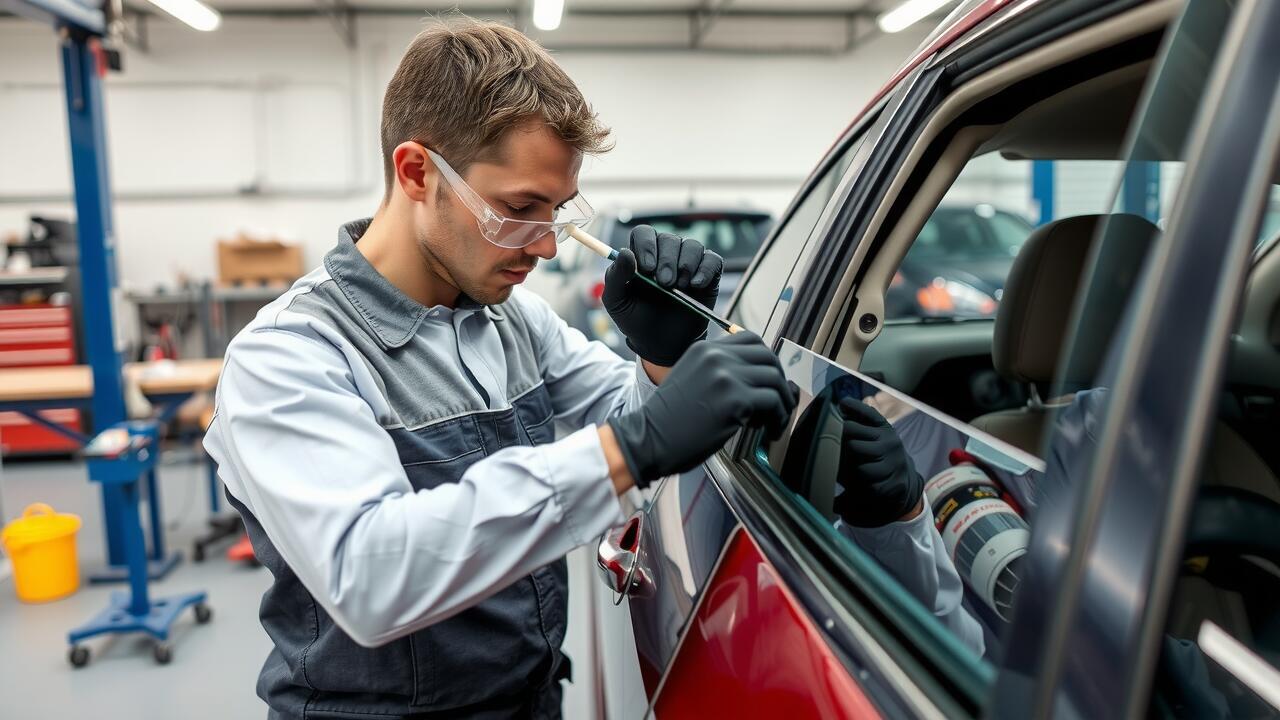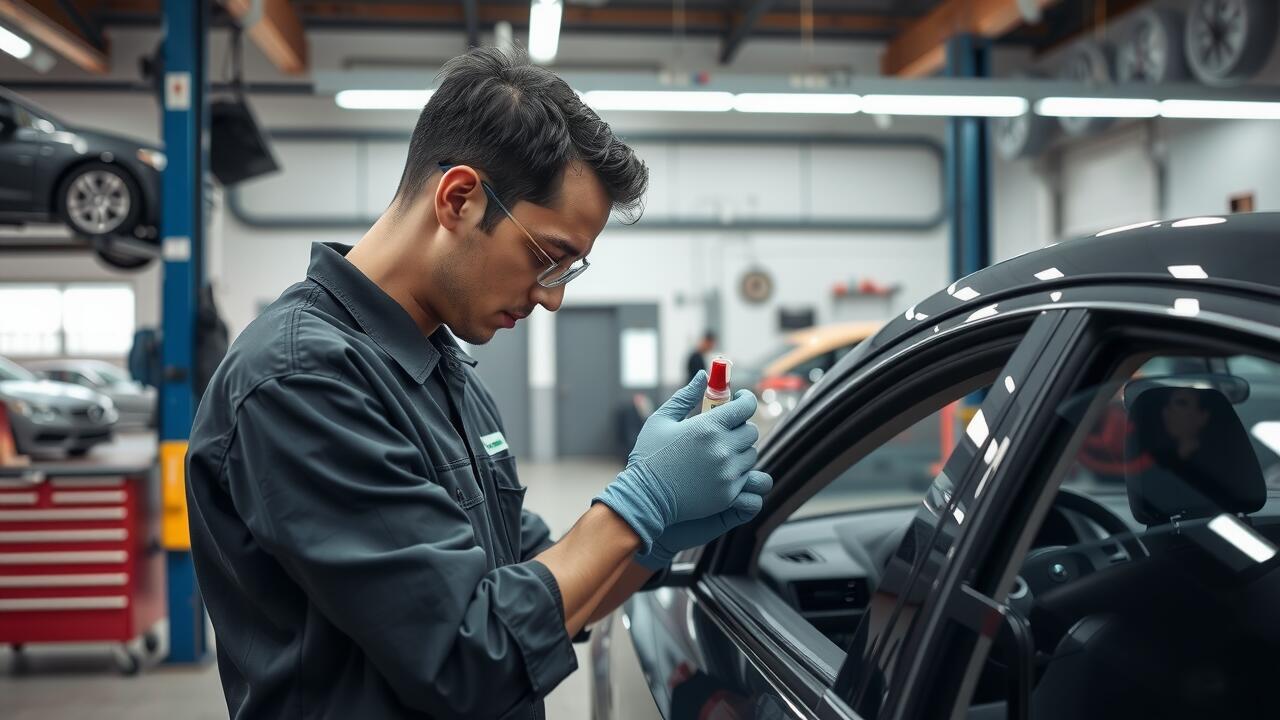
Table Of Contents
Repair vs. Replacement
When deciding between repairing or replacing a cracked windshield, several factors come into play. The size and location of the crack significantly influence the decision. Small chips or cracks that are less than a certain length can often be repaired without issue. Side window repair usually follows similar principles; however, a single crack can compromise the entire side window's integrity, leading to a recommendation for replacement.
Cost considerations also play a crucial role in determining the best course of action. Repairs are generally more affordable than replacements, making them an attractive option for minor damage. However, if the crack is extensive or located in a critical area, replacing the windshield might be the safer choice, despite the higher expense. Ultimately, the goal is to maintain a clear line of sight and ensure the safety of all passengers in the vehicle.
Assessing the Damage and Cost Considerations
When evaluating the damage to your windshield, it’s essential to consider the size and location of the crack. Generally, cracks shorter than 15 centimetres can often be repaired without compromising safety. However, if the damage is in the driver’s line of sight or the crack is extensive, replacement might be the more suitable option. Consulting with a professional is crucial to ensure a thorough assessment.
Cost considerations vary based on the type of damage and the chosen solution. Repairs tend to be more affordable, typically ranging from $50 to $150, while full replacement can cost upwards of $300, depending on the make and model of the vehicle. It’s important to communicate with your insurance provider as many policies cover a portion of the repair costs. Remember, timely attention to issues like windshield or side window repair can save more significant expenses in the long run.
Common Myths About Windshield Cracks
Many people believe that once a crack appears in their windshield, it is destined to shatter at any moment. This common myth is not entirely accurate. While it is true that a crack, if left untreated, can worsen over time, it doesn't guarantee immediate shattering. The risk of a windshield breaking largely depends on factors like the size and location of the crack, the vehicle's age, and driving conditions. Regular maintenance and timely repairs can often prevent further damage, keeping the windshield intact.
Another misconception is that repairing a windshield is always more expensive than simply replacing it. This viewpoint ignores the fact that many minor cracks can be effectively managed through side window repair, often at a lower cost than full replacement. Additionally, opting for repair can help maintain the structural integrity of the vehicle and preserve its original parts. Understanding these factors can lead to more informed decisions when dealing with windshield damage.
Separating Fact from Fiction
Many car owners believe that a small crack in the windshield will inevitably lead to complete shattering. While it is true that cracks can spread if left untreated, not all cracks result in windshield failure. Factors such as the size, location, and depth of the crack play a significant role in determining the risk of shattering. In some cases, a simple repair can restore the integrity of the glass without the need for a costly replacement.
Another common misconception is that all windshield damage requires immediate attention to avoid further issues. While prompt repairs are advisable, not every crack is an emergency. For example, minor chips located away from the driver’s line of sight can often be assessed and repaired later. Those considering repairs should consult professionals who can evaluate the damage and suggest options such as Side Window Repair if needed, ensuring that safety remains a priority.
Preventative Measures for Windshield Damage
Taking proactive steps can significantly reduce the risk of windshield damage. Regularly cleaning the windshield and maintaining a clear view can help detect minor cracks before they worsen. Additionally, parking in shaded or protected areas can shield the glass from extreme temperatures that might cause thermal stress. Investing in a good-quality windshield protector can also be beneficial during bad weather or when parked for extended periods.
Understanding how to respond to a chip or crack is equally important. Promptly addressing these issues can prevent further damage. If a crack appears, it’s wise to consult a professional for side window repair or windshield repair services. Timely intervention not only saves costs but also ensures safety on the road, reducing the likelihood of needing complete replacement.
Tips for Protecting Your Windshield
To protect your windshield from potential damage, regular maintenance is essential. Keeping your vehicle clean helps remove debris that could scratch or weaken the glass. Parking your car in shaded areas can also reduce the risk of thermal stress caused by temperature fluctuations. When driving, be cautious around construction zones, where rocks and debris may be present. If you do notice any chips or cracks forming, addressing them promptly can prevent further deterioration and potentially costly repairs.
Another preventative measure involves using a high-quality windshield protective film. This can provide an additional layer of security against minor impacts. Also, ensure that your windshield wipers are in good condition, as worn-out blades can cause streaks and scratches. In the event of significant damage, consider professional services such as Side Window Repair to address any issues before they escalate. Regular inspections can save you time and money while keeping your driving experience safe.
FAQS
Can a small crack in my windshield lead to it shattering?
Yes, a small crack can potentially lead to your windshield shattering, especially if it’s exposed to temperature changes, vibrations, or pressure. It's important to address any damage as soon as possible.
How do I know if my windshield can be repaired instead of replaced?
Generally, if the crack is smaller than a certain size (typically around 15 cm or 6 inches) and is not located in the driver’s line of sight, it can often be repaired. However, it's best to consult a professional for an accurate assessment.
What are some common myths about windshield cracks?
One common myth is that all cracks require a full replacement. In reality, many minor cracks can be repaired effectively, saving you time and money. Another myth is that temperature changes will always shatter a cracked windshield, which is not necessarily true.
What preventative measures can I take to protect my windshield from damage?
To protect your windshield, avoid driving too closely to trucks carrying heavy loads, park in shaded areas to reduce temperature fluctuations, and consider using a windshield sunshade. Regularly inspect your windshield for existing cracks and damage.
Is it safe to drive with a cracked windshield?
While it may be possible to drive with a cracked windshield, it is not advisable as it can impair visibility and compromise the structural integrity of your vehicle. It's best to have the damage assessed and repaired as soon as possible.

